[featured image: “EESTI TELEFON”]
Introduction
First off, you can read this lens’ data sheet here.
As discussed in that data sheet, there is little that can be said (with any certainty) about this lens and its origins or design. What however is obvious is that this is a rather late-era (likely 1980s) manual lens that Chinon sold for use on Pentax K mount cameras.
While a zoom with a focal length range of 28-50 is today rather unusual, these were rather typical in the late 70s and 80s, with both major brands (Canon, Nikon, Pentax etc.) and second-tier manufacturers offering 28-50 mm zooms1. While certainly lacking some of the versatility of modern-day 24/28–70/75 standard zooms, these consumer-level 28-50 zooms offer the advantage of being generally more compact.
For my tastes a 24/28~50 is the perfect zoom range2 for an urban walk-around lens, useful for capturing both wide vistas, as well as the occasional architectural detail.
Useful – that is – assuming that the lens is able to deliver reasonable corner-to-corner sharpness with not too much in the way of geometric distortions or chromatic aberrations. This walk-around was largely targeted at seeing what (if any) weaknesses this lens would evidence in the field.
As noted in the linked data sheet: Chinon used to offer at least 4 different designs that share these exactly same mainline specifications (28–50 mm f/3.5–4.5) and whatever conclusions I offer about my sample (pictured below) should not be taken to cover the other designs .
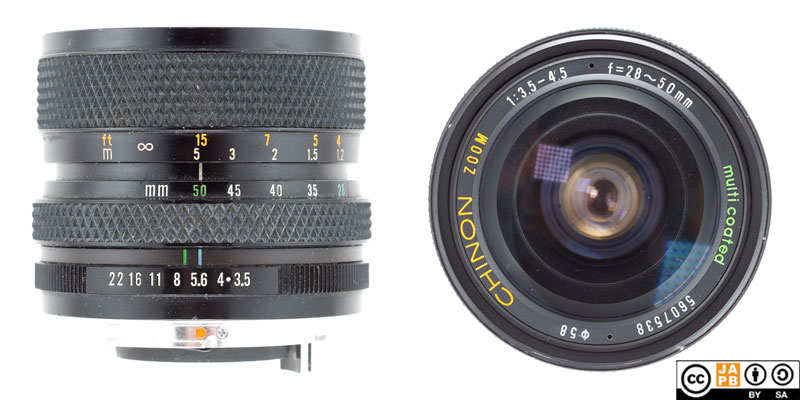
Ergonomics
This lens is a compact two-ring zoom. At its shortest (at 50 mm and focused to infinity) the lens is only 51 mm long and even at its longest it is only ≈10 mm longer. The total weight of the lens is ≈270 grams.
Focus ring and zoom ring are clad with a diamond-patterned rubber ring and are relatively grippy. As I was on my walk-around on a cold spring day (with a moderate wind blowing in from the sea) I was wearing fleece gloves. In this situation operating the focus ring was trouble-free, but manipulating the zoom ring was – due to a combination of the ring’s narrowness, the gloves and that the zoom ring offers more resistance than the focus ring – not as comfortable.
However the real issue involved using the plastic aperture ring which is neither grippy nor broad and impossible to find based on tactile sensations through said gloves. The issue was further exacerbated by that the rings is not exactly easy to move (at least on my sample the click-stops are quite pronounced, so getting the ring to shift takes some torque).
Setting up the walk…
Throughout winter and spring 2025 I have been visiting Tallinn (capital of Estonia, across the gulf of Finland from Helsinki where I live) regularly for work. On the 3rd of March I knew I would have some extra hours to spend between a midday meeting in the Telliskivi area and a later engagement over among the skyscrapers in Maakri. On my way I would pass through the Tallinn Old Town, an exceptionally well preserved Hanseatic-era city and a UNESCO world heritage site. Combining a 2,5 km walk with some photography was a no-brainer. The first set of images was taken between midday and 1:30 pm (local time)
Sadly, the weather did not exactly favour my ambitions. While the weather was dry, it was chilly and windy and (more importantly for photography) overcast. However, after my engagement in Maakri I had some time for another couple of images while walking towards the ferry and my return to Helsinki.
Images and commentary
I did this walk-arounds using my trusty Sony ⍺7R2 and a K&F PK to NEX adapter
One undeniable challenge with doing these kinds of shoots with a combination of legacy lens and modern camera is the lack of any Exif data. Usually (when working with primes) I’m in the habit of ‘encoding’ aperture data in the number of shots, so that I always take the first shot wide open and then turn the aperture ring a click, take another shot and repeat until I’ve arrived at the desired aperture. That way I can always count the number of images in a series and know which is taken at which aperture.
That approach however does not help at all for registering used focal length, nor is it even usable for registering aperture when you’re dealing with gloves and a not-at-all tactile aperture ring. While I did sit down on the ferry on my way back to Helsinki to make notes on focal lengths and maximum apertures, I must admit that I cannot be entirely sure on either3.
As with almost all lenses, the Chinon is a bit more soft wide open than stopped down, but I must say that it is surprisingly decent even wide open. The lack of strong sunlight on the day in question can have helped in avoiding obvious wide-open glow (usually the result of spherical aberrations), but wide-open centre sharpness (definition and contrast), is good (definition is very good, contrast merely good).
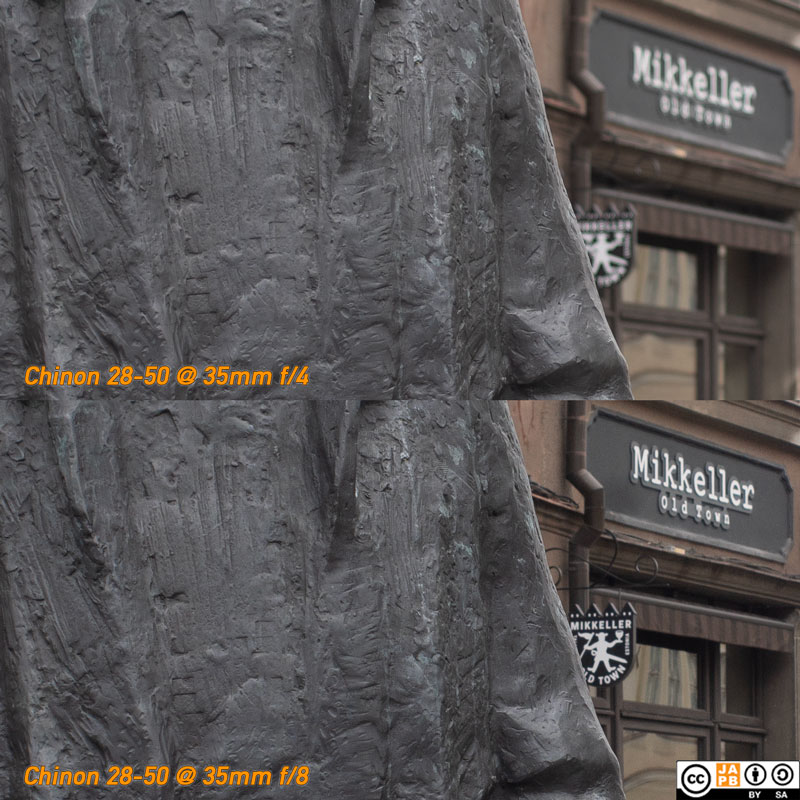
What is surprising is that border sharpness is also rather good, and without necessarily needing to stop down (assuming that corner motifs coincide with the focusing distance). Extreme corners however do suffer a bit (especially at 35-50 mm) and often branches in these areas look a little smeared but not actually as much as I would have expected from a legacy consumer zoom. Importantly, corner smearing is less bad at 28 mm.
The Chinon 28-50/3.5-4.5 does show some vignetting wide open (f/3.5–4.5) but by f/5.6 the issue is no longer field-relevant and by f/8 vignetting is totally gone. At the same time as vignetting disappears, what ever corner smearing might have existed also disappears.
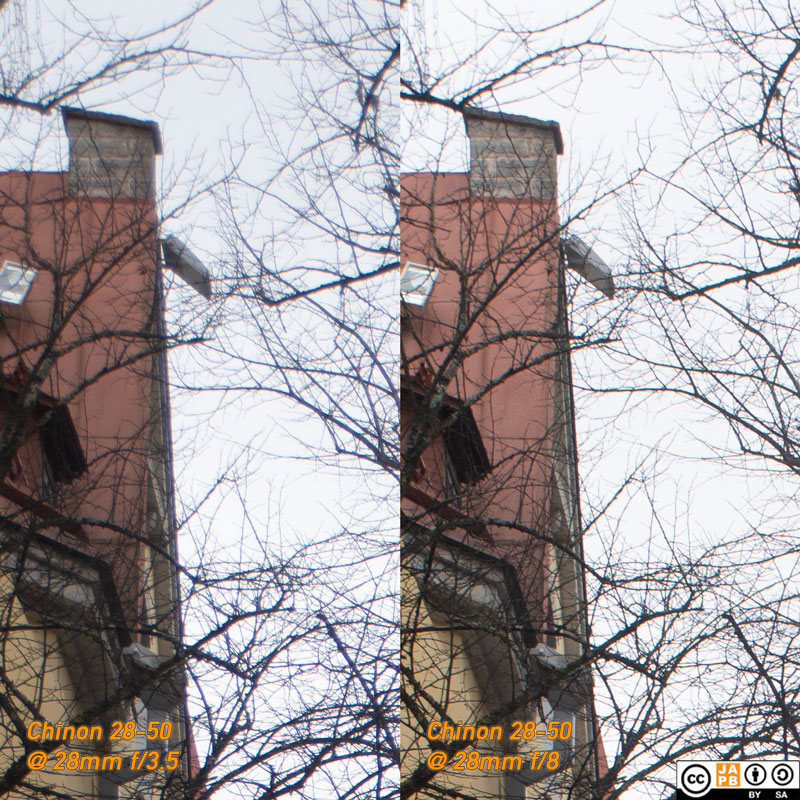
All wide open shots show some level of lack of contrast but this is nothing to write home about and is also easy to address in post. Given the day’s lack of extreme contrast circumstances (overcast) the lack of glow due to spherical aberration as well as the lack of veiling flare prove nothing. However, this was not the first time I’ve used this lens and while you can produce some veiling and ghosting neither are especially bad. Whatever coating technology this lens uses, it actually seems to be rather good considering it’s an 80s consumer-grade lens.
While many of the images show perspective distortion, actual geometric distortions do also exist. While geometric distortions are rather minor or neutral at 40-50mm, the lens shows noticeable barrel distortion at 35 mm and quite pronounced barrel distortion at 28 mm. More problematically, at 28 mm the distortion takes on a complex (moustache) form and cannot easily be addressed in post. While these complex distortions are barely evident in the walk-around’s pictures, I cannot recommend this lens for ambitious architecture photography.
Chromatic aberrations do exist. This is quite evident in all those pictures that show branches in the extreme corners, but the problem is limited to the extreme corners. Also, while chromatic aberrations certainly exist, there are several modern lenses that suffer way worse.

One clear limitation of this lens is its modest close focusing ability, leading to that maximum magnification is less than 1:10 at all focal lengths.
I generally found the colour balance of the lens to be neutral.
I do see that there is some field curvature, but considering the rather extensive depth-of-field that is unavoidable with wide-angle zooms I have not found the field curvature to be field-relevant.
I have not yet taken any nighttime shots with this lens, so I cannot comment with any certainty on comatic aberration or astigmatism but I will report back.
All in all, if you want a cheap, compact wide-angle zoom, you could certainly choose worse.
Gallery shots
All images below shot on 3. March 2025 on a Sony ⍺7R2. Minimum edit in post (ACR default conversion from RAW), straighten, resize to 2048 and JPEG 9.
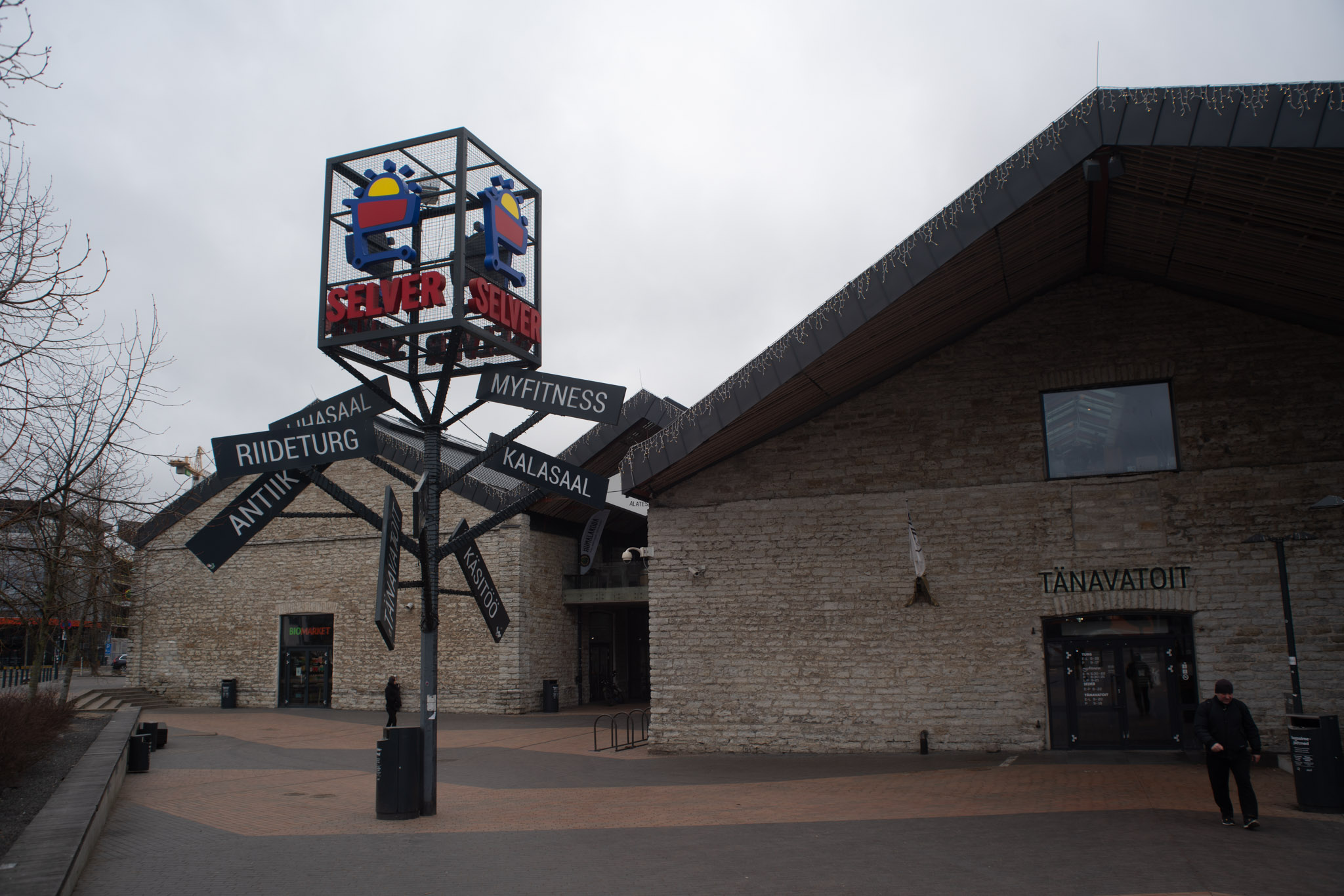
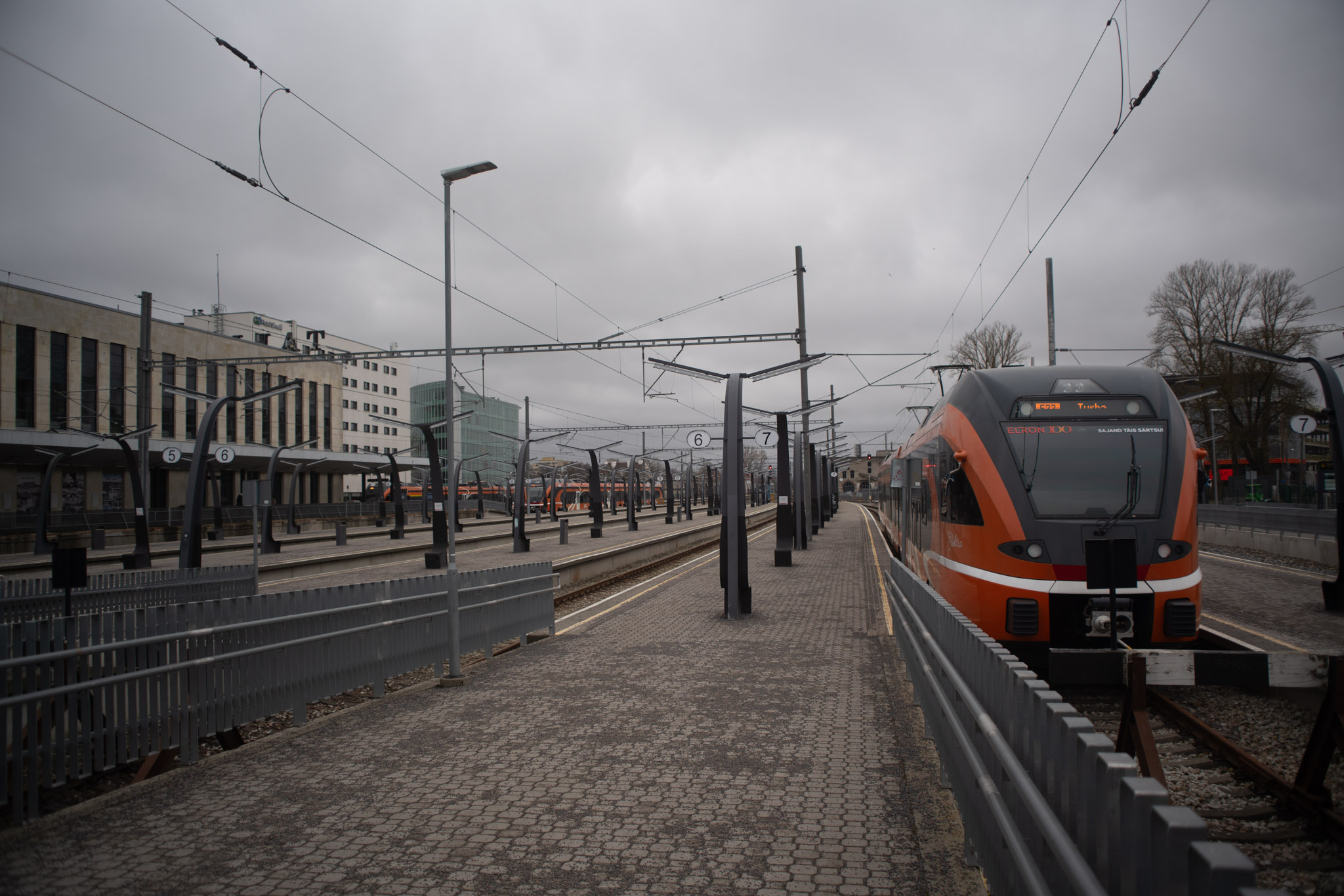
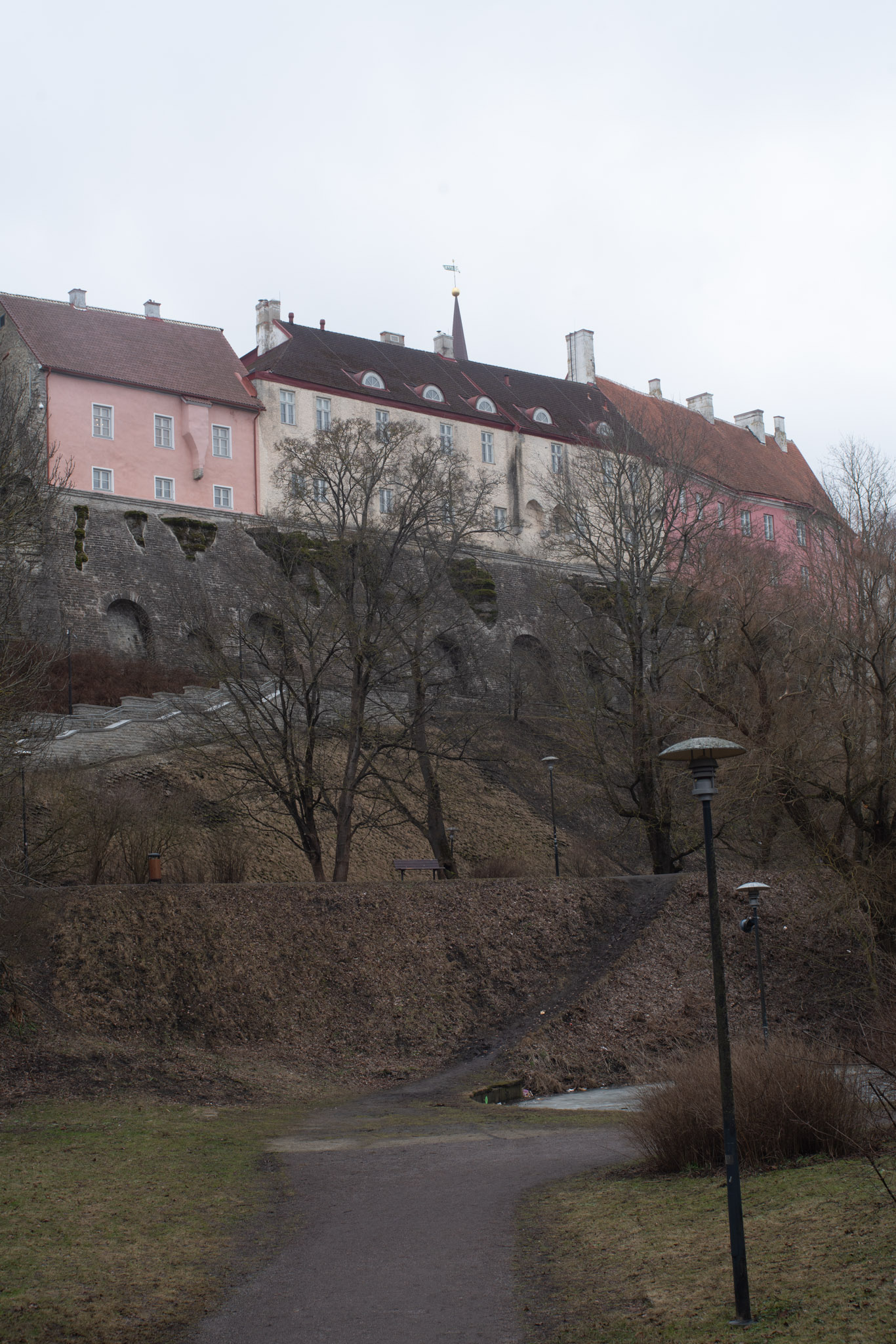
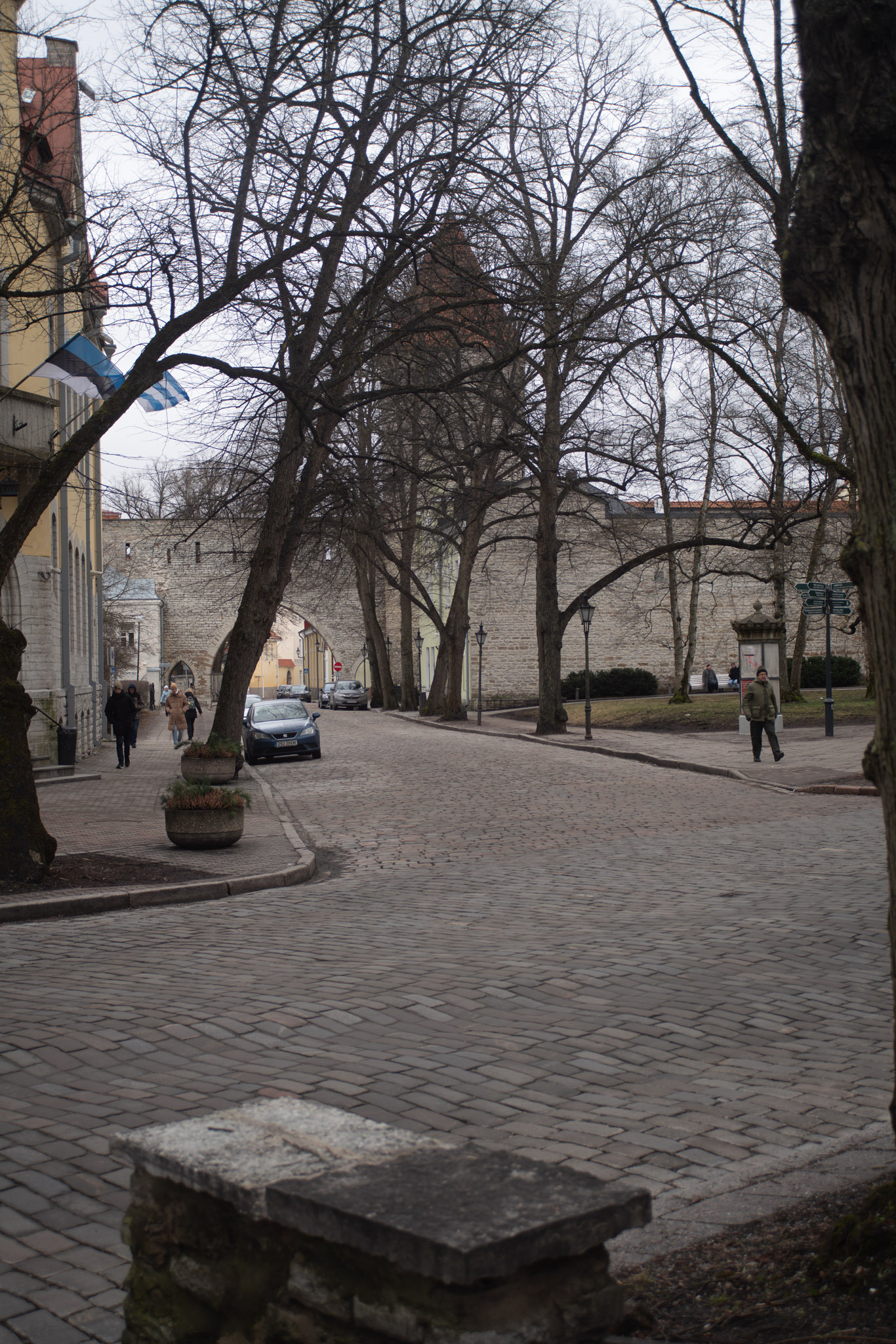
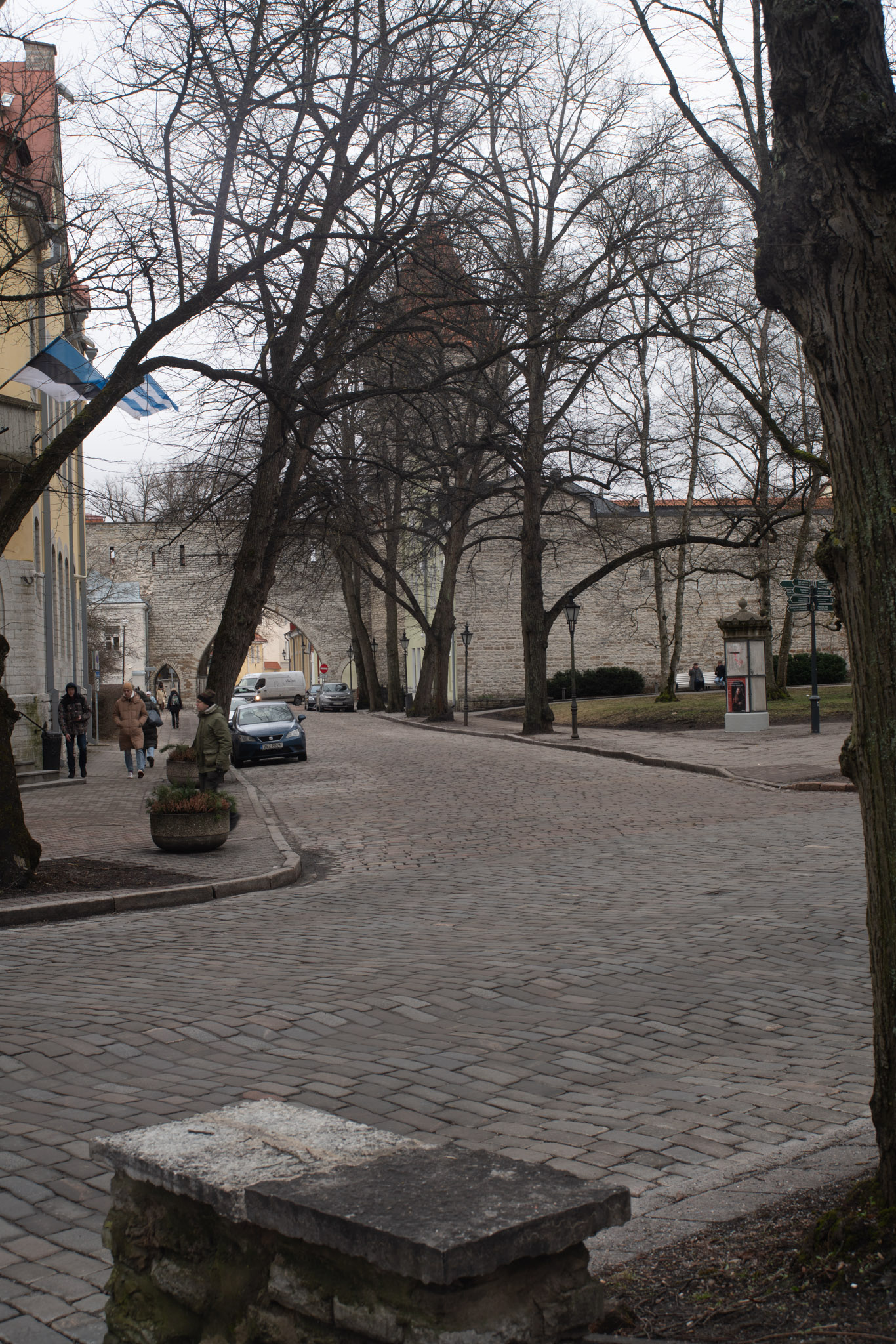

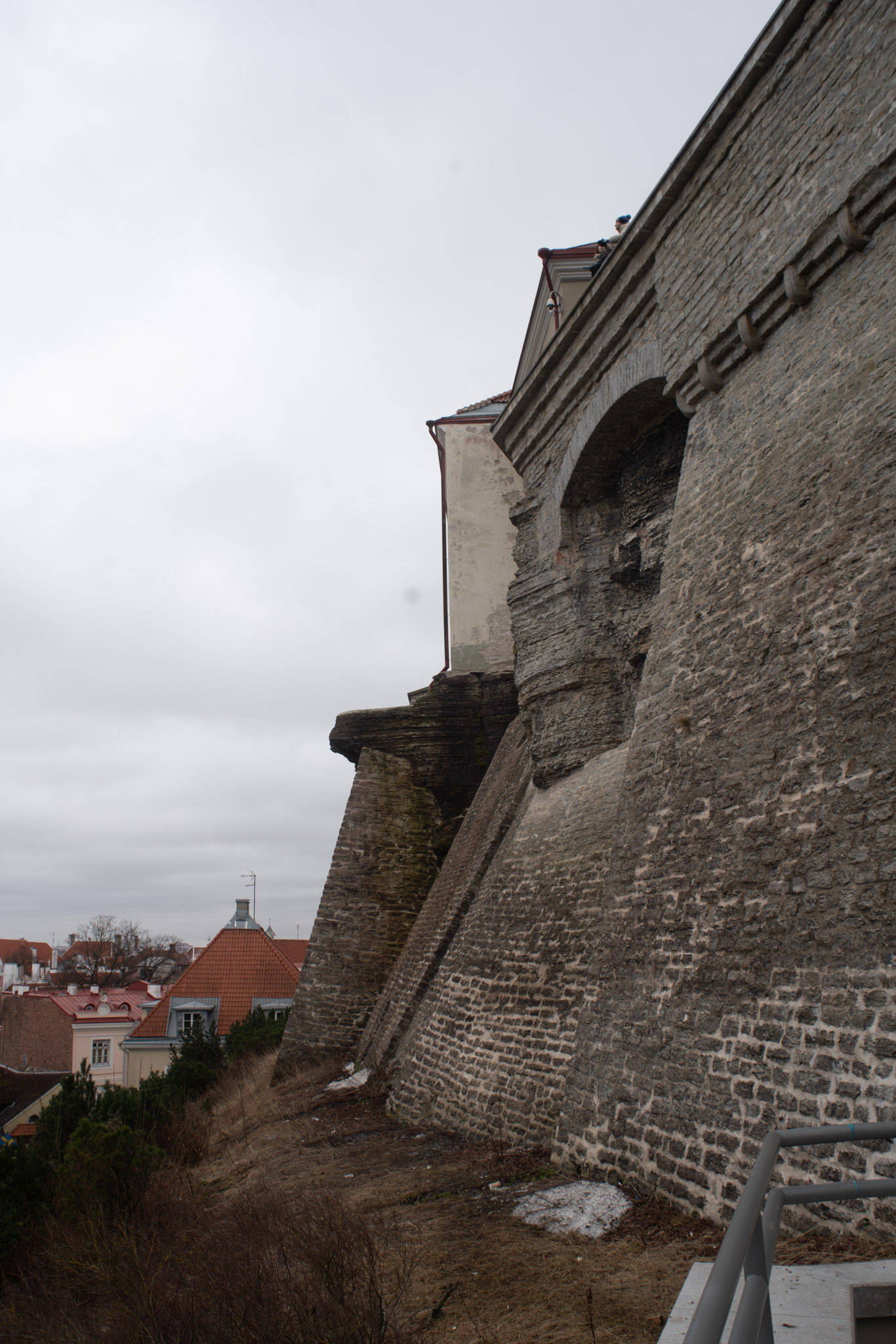
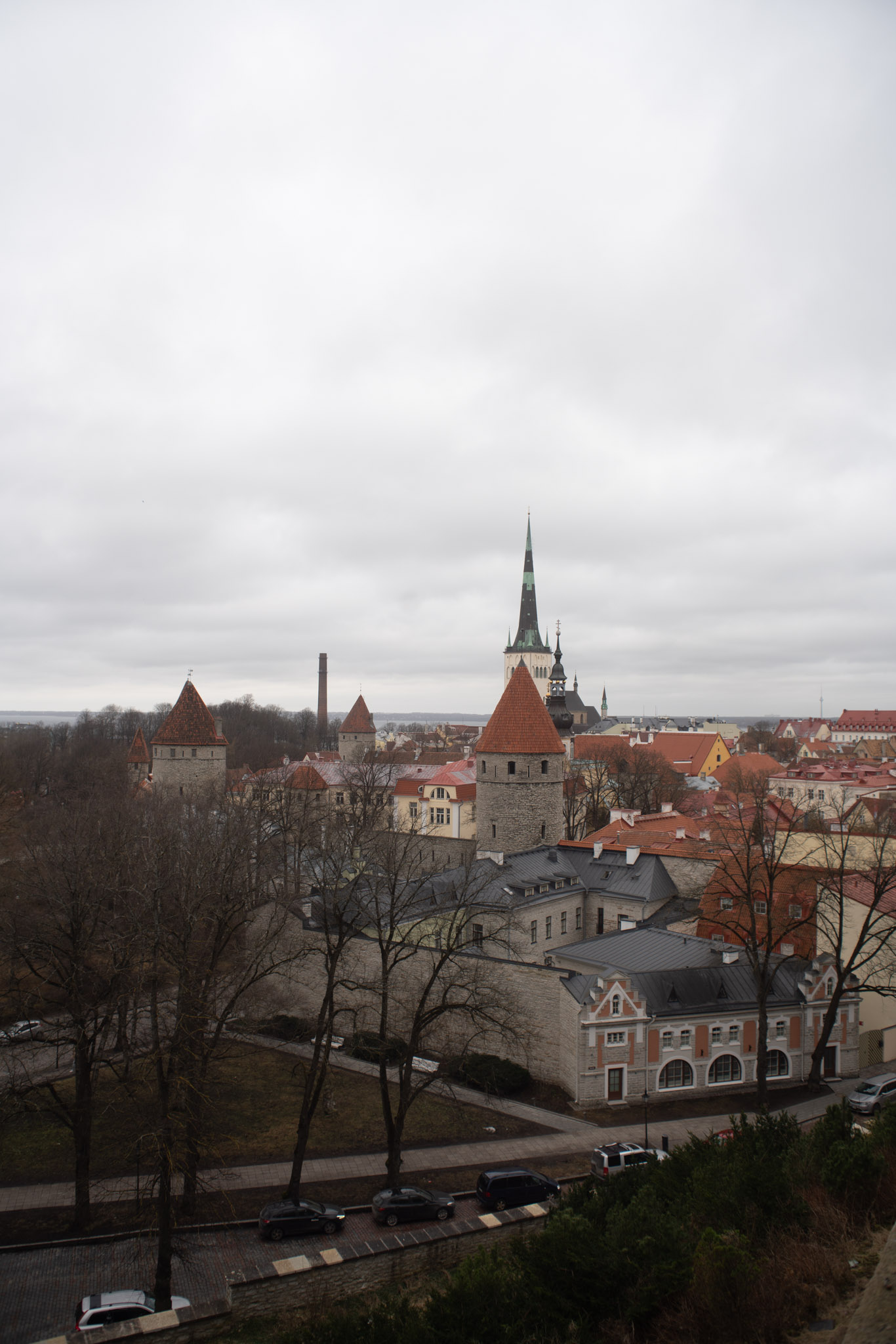
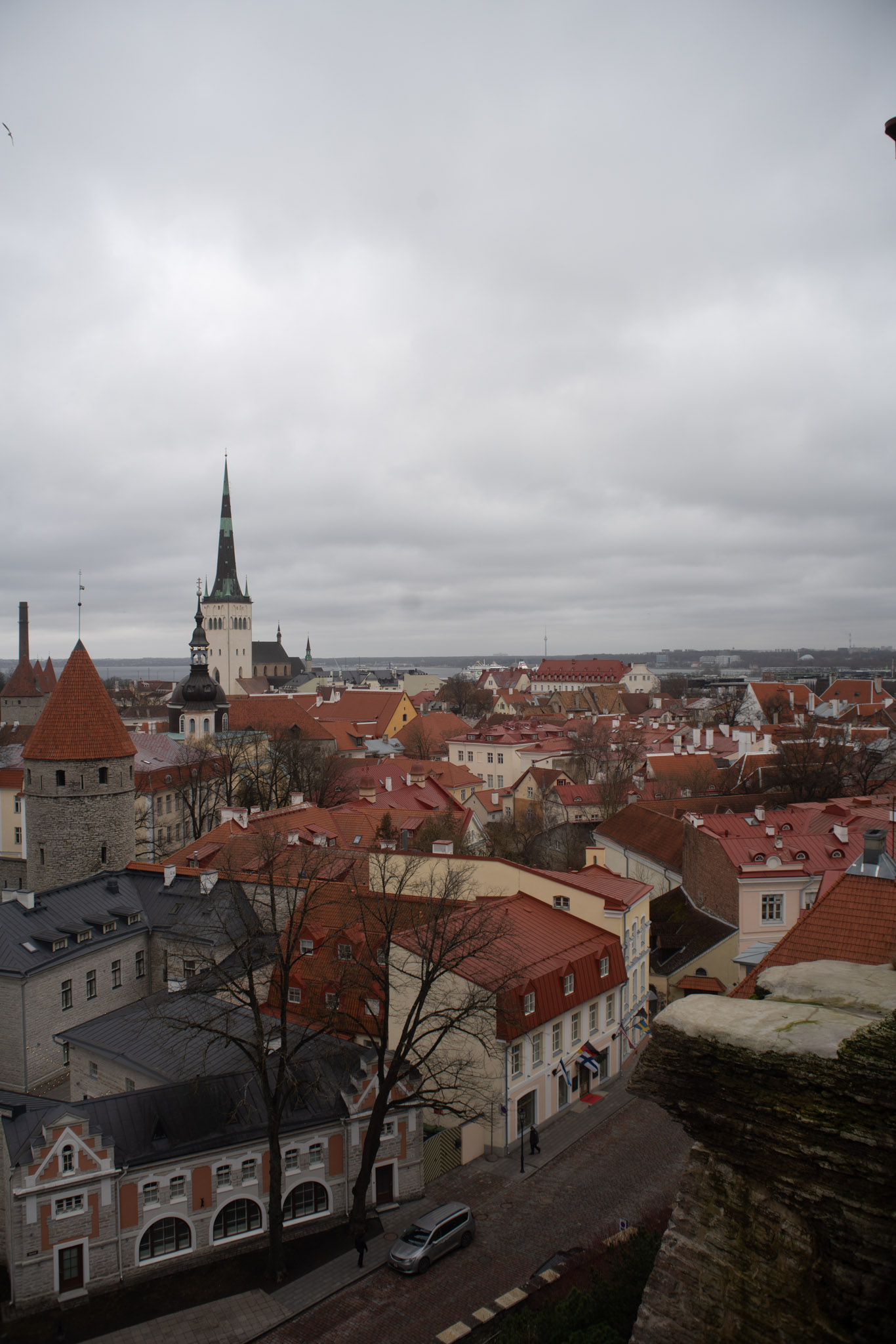
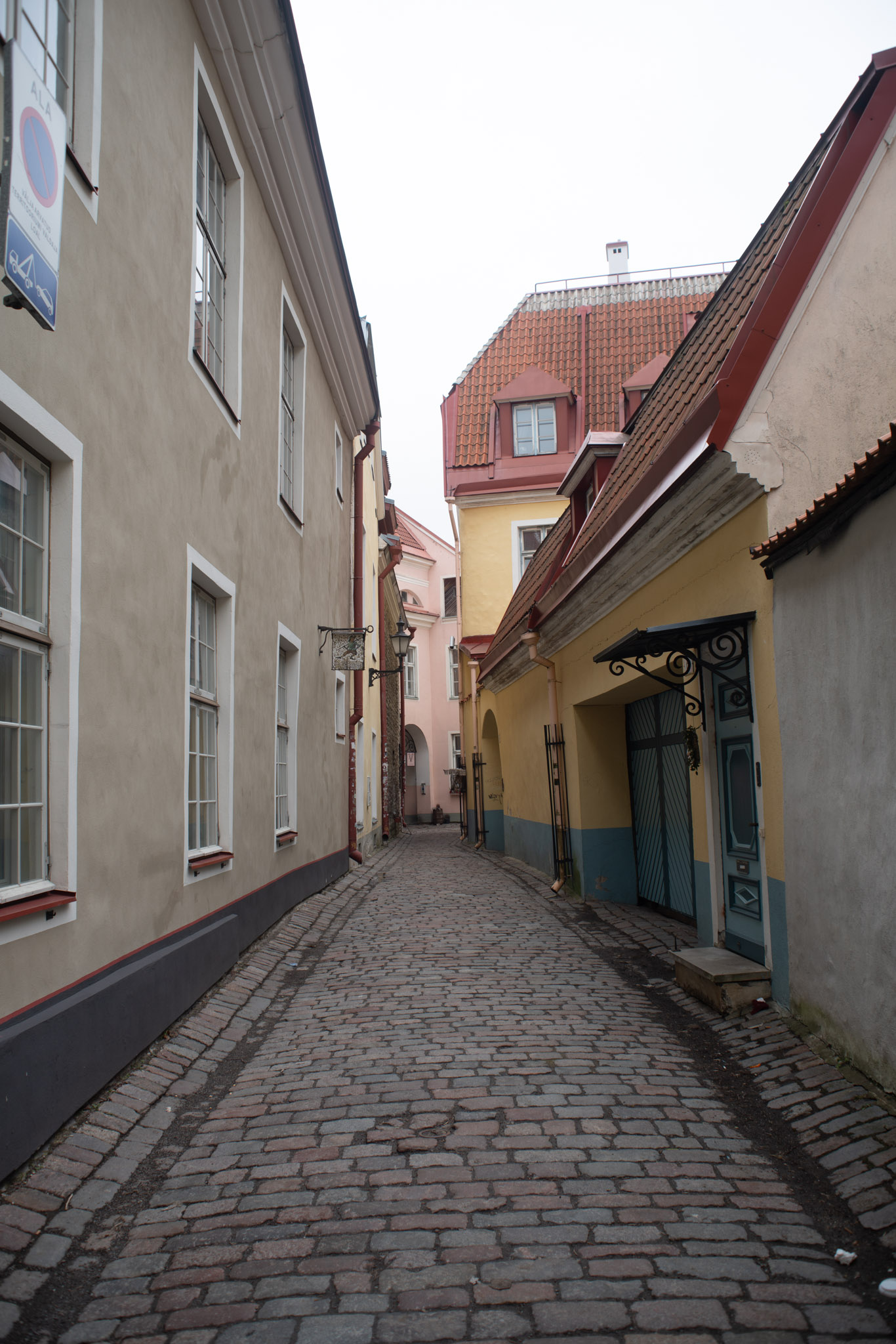
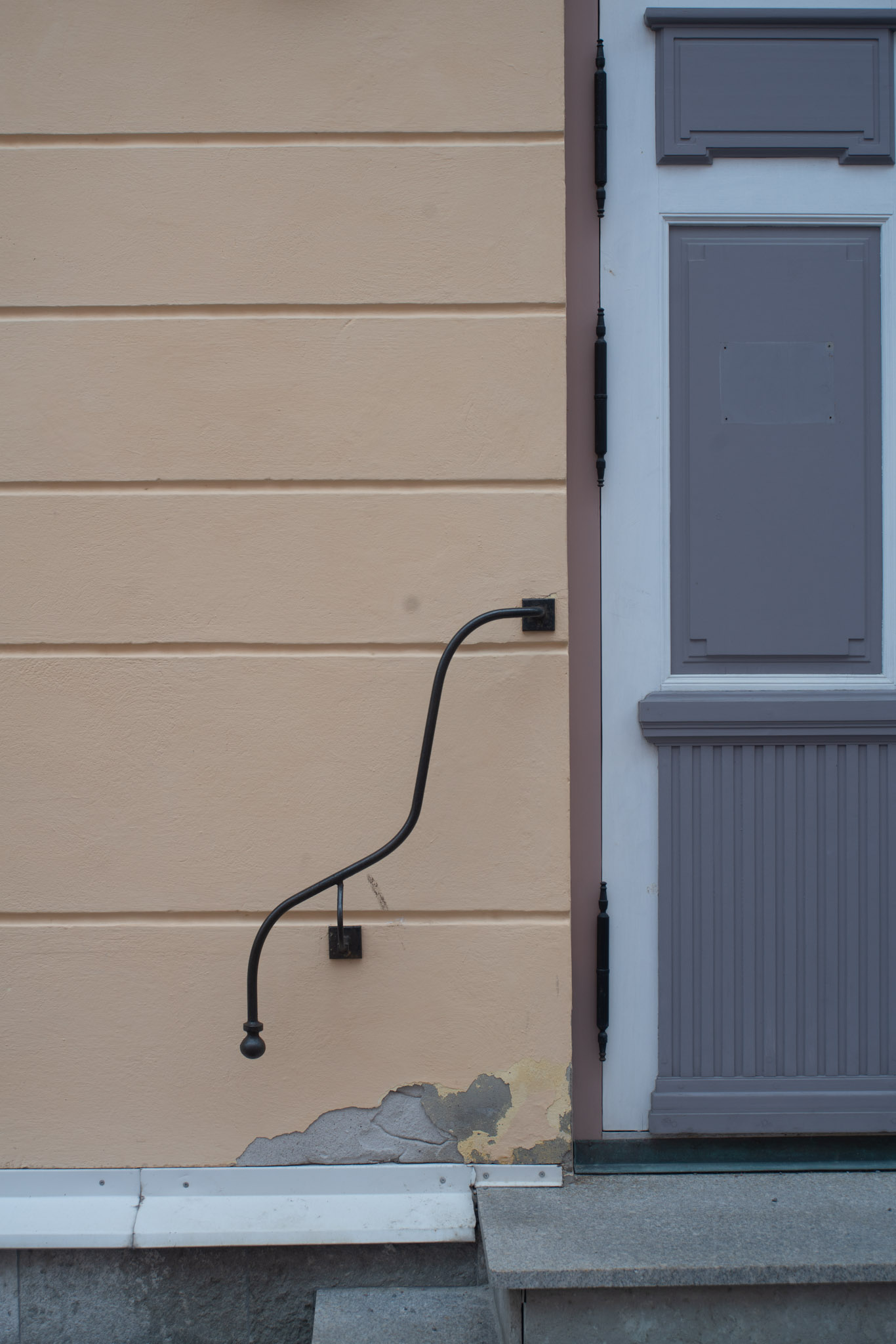
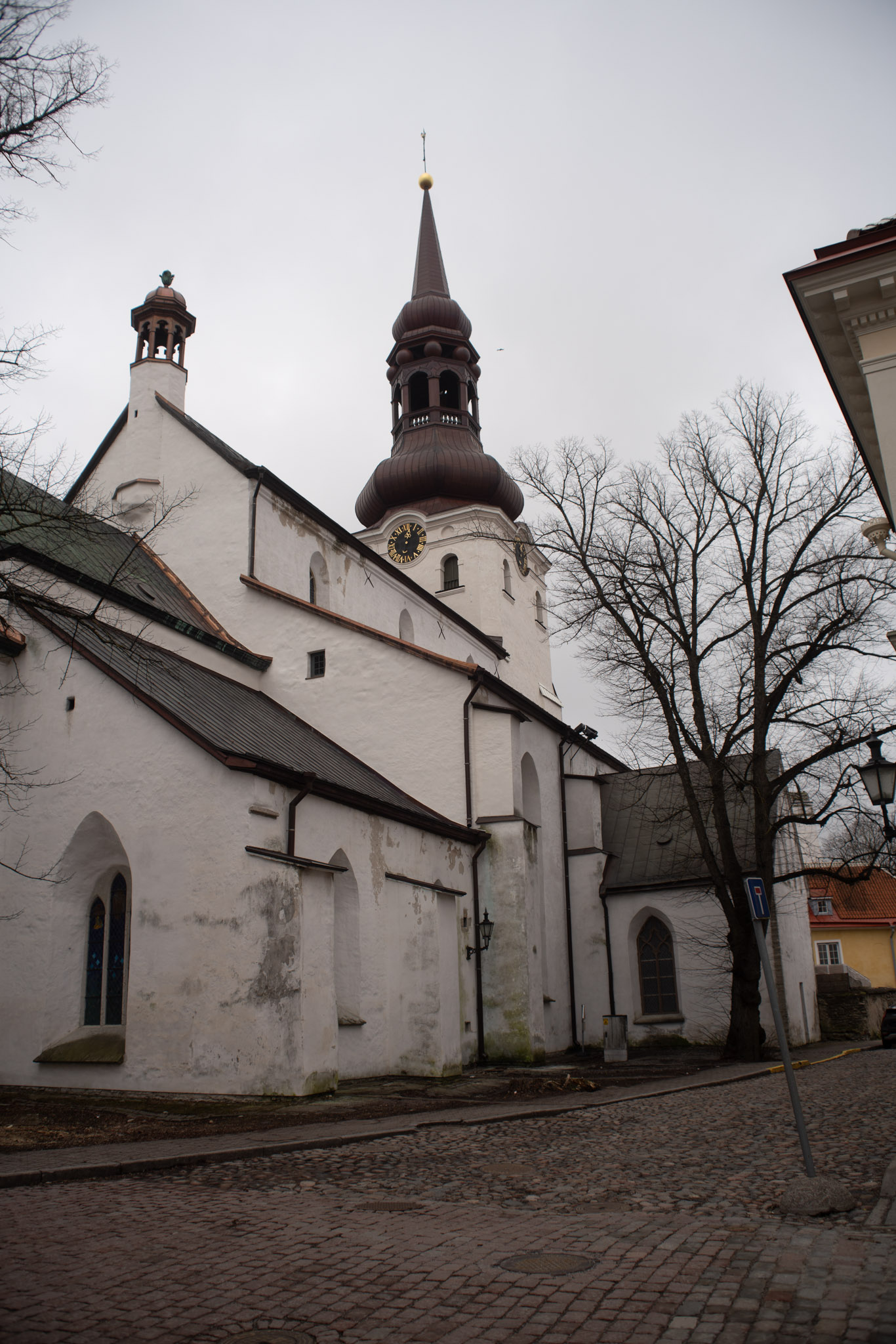
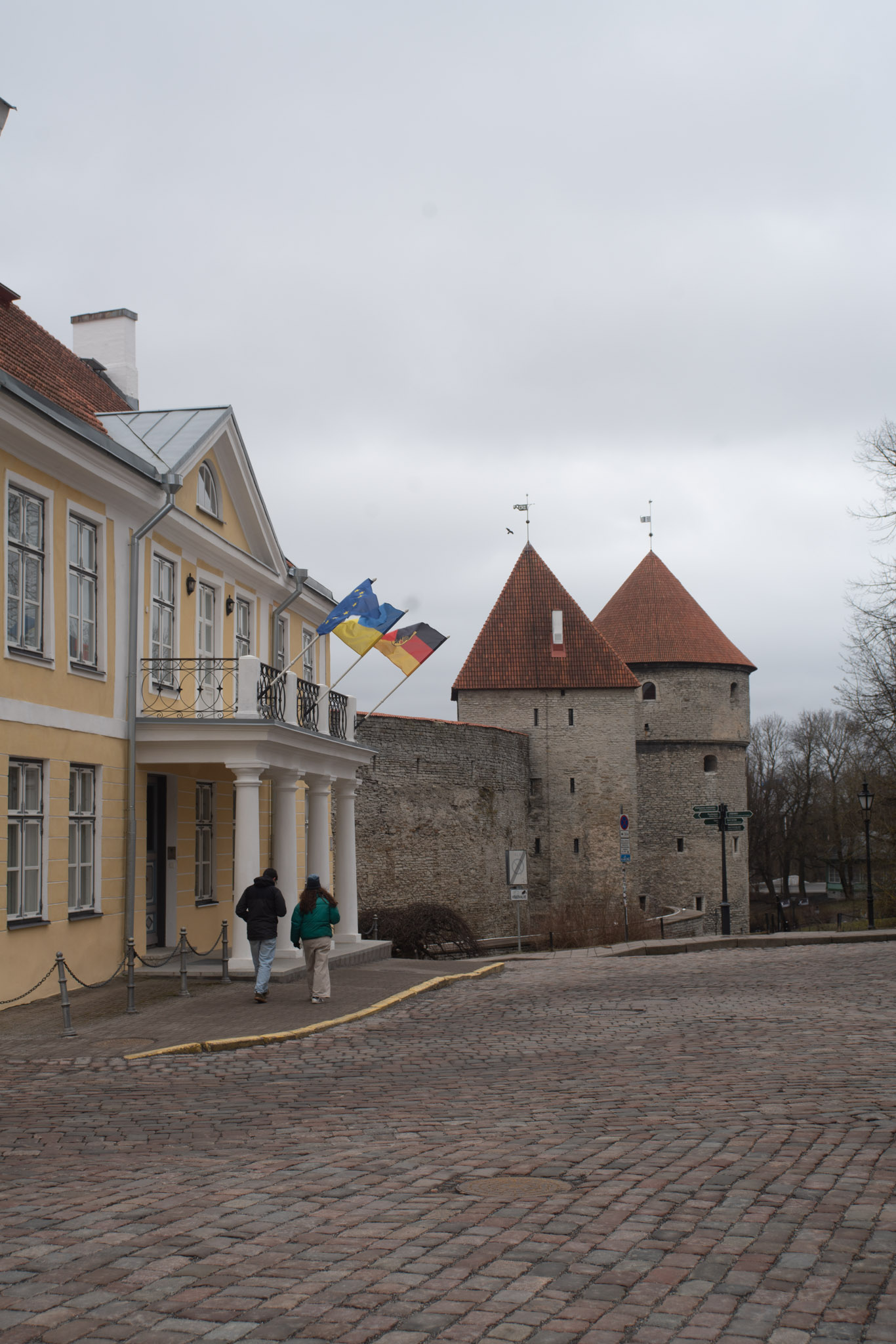
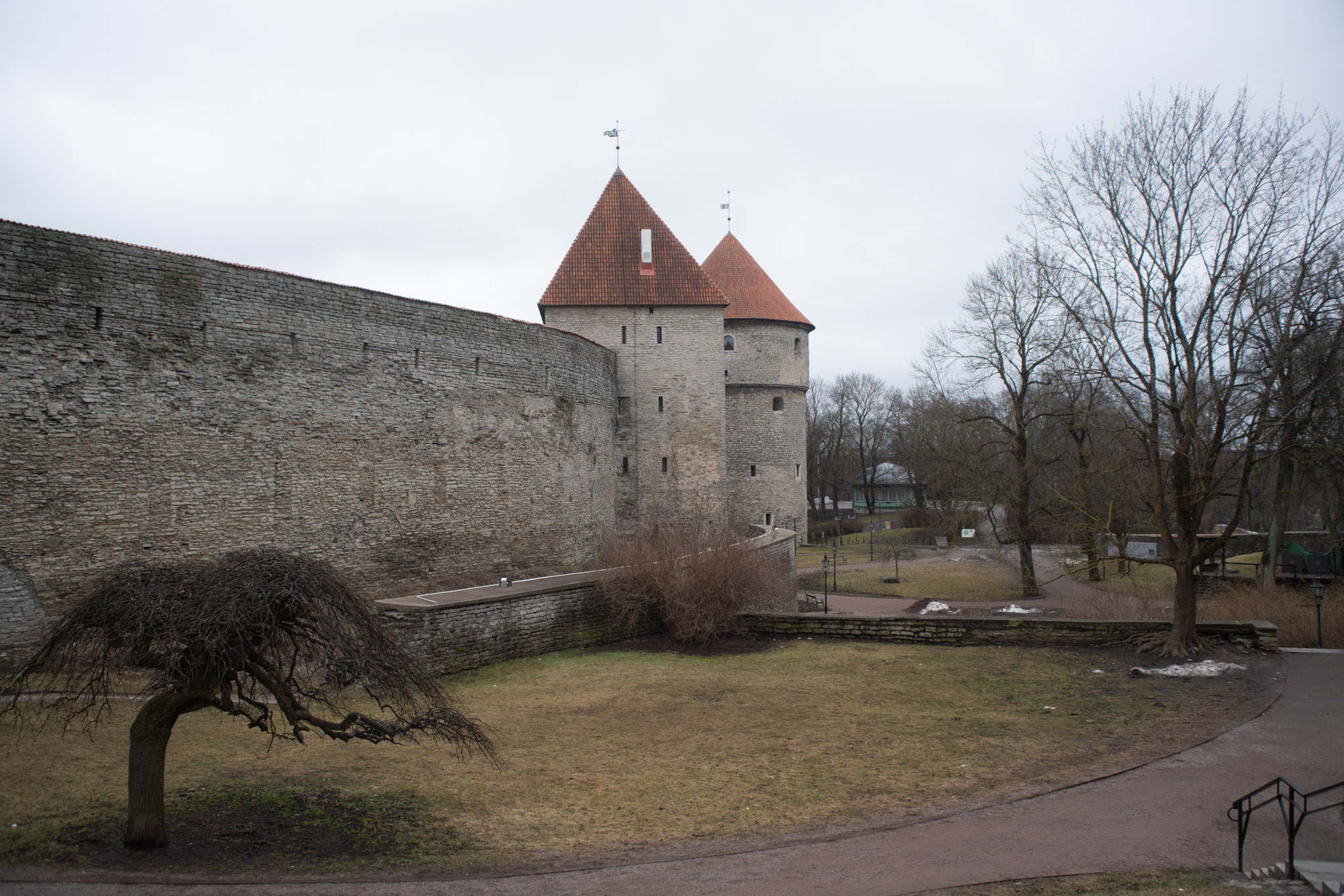
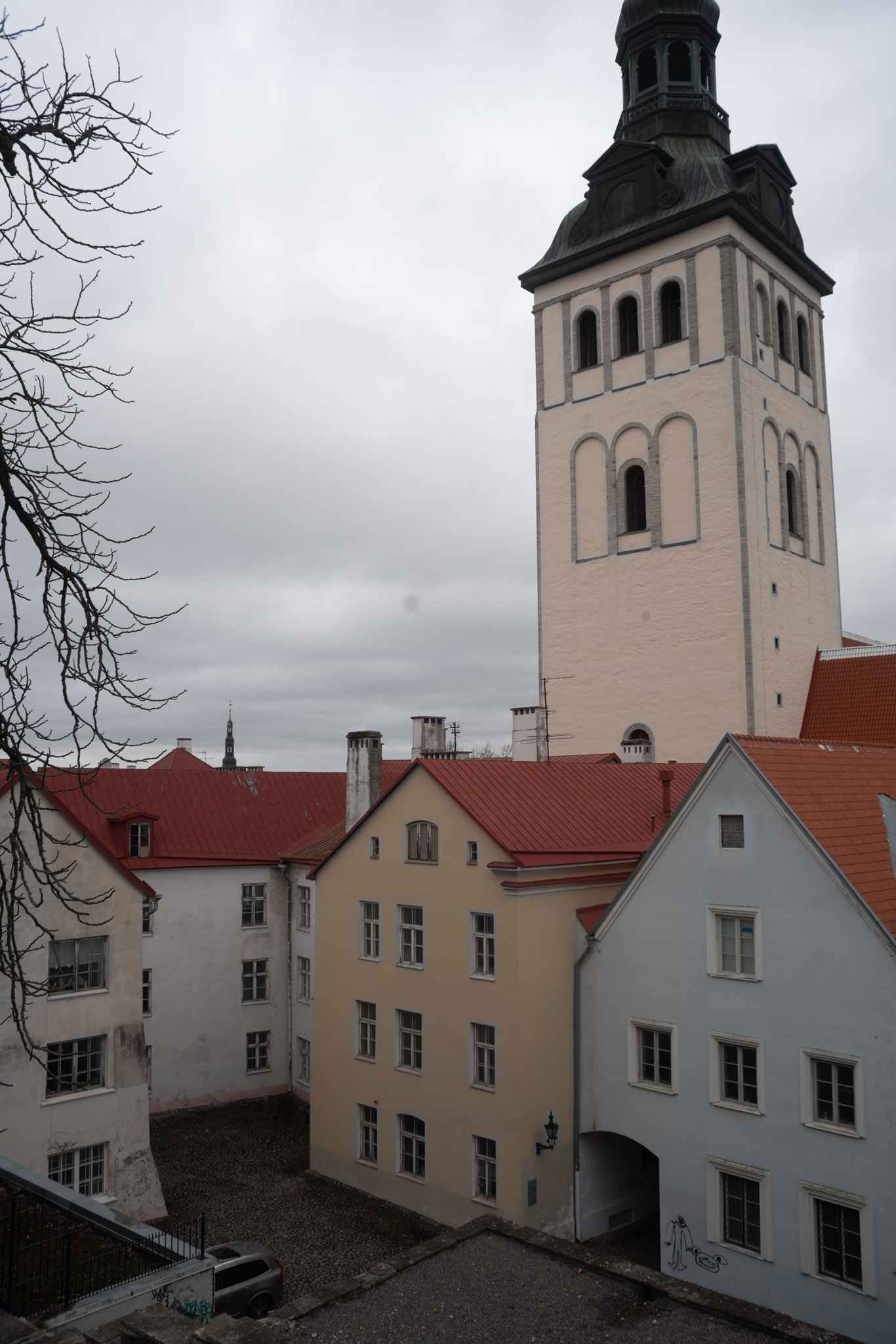

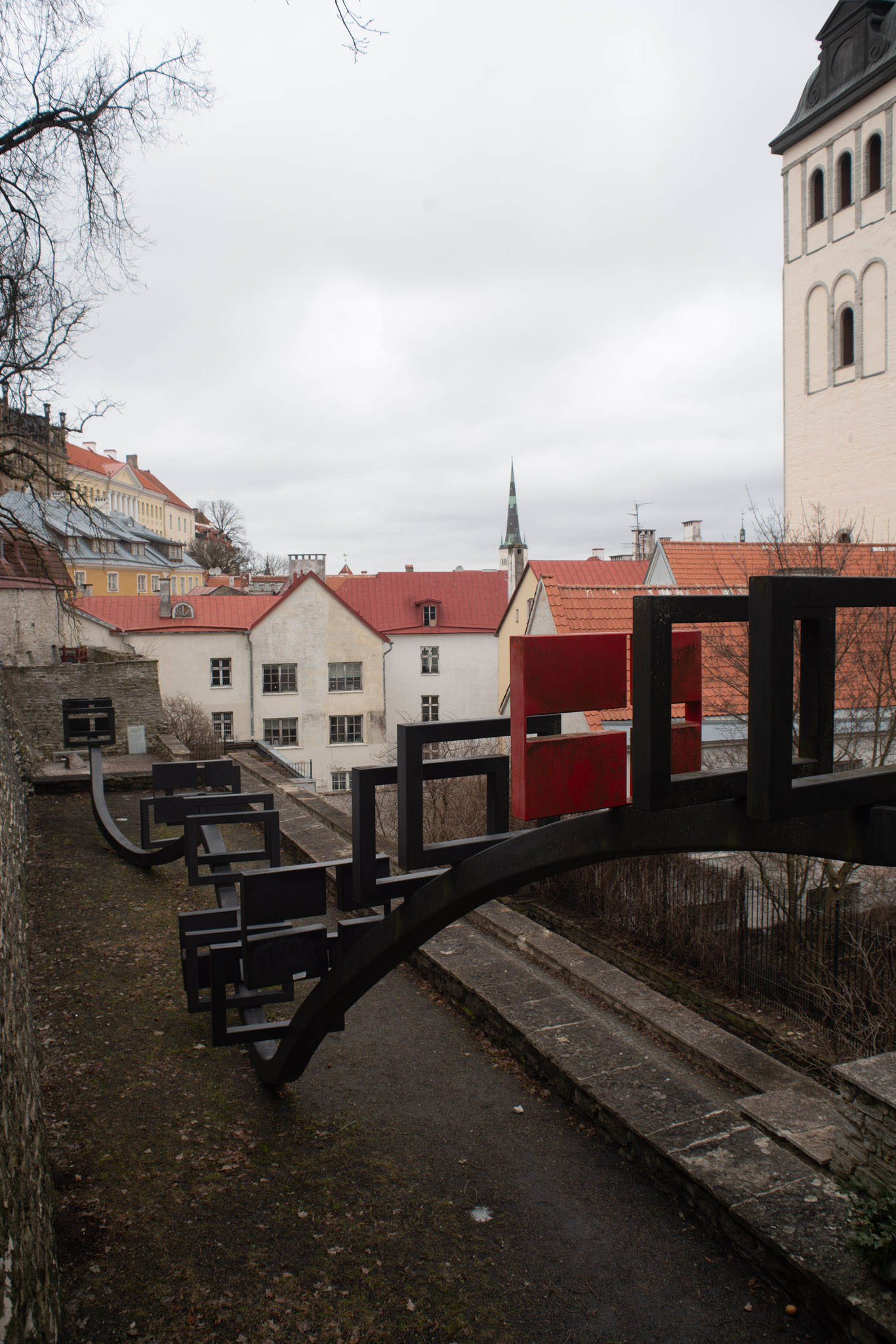

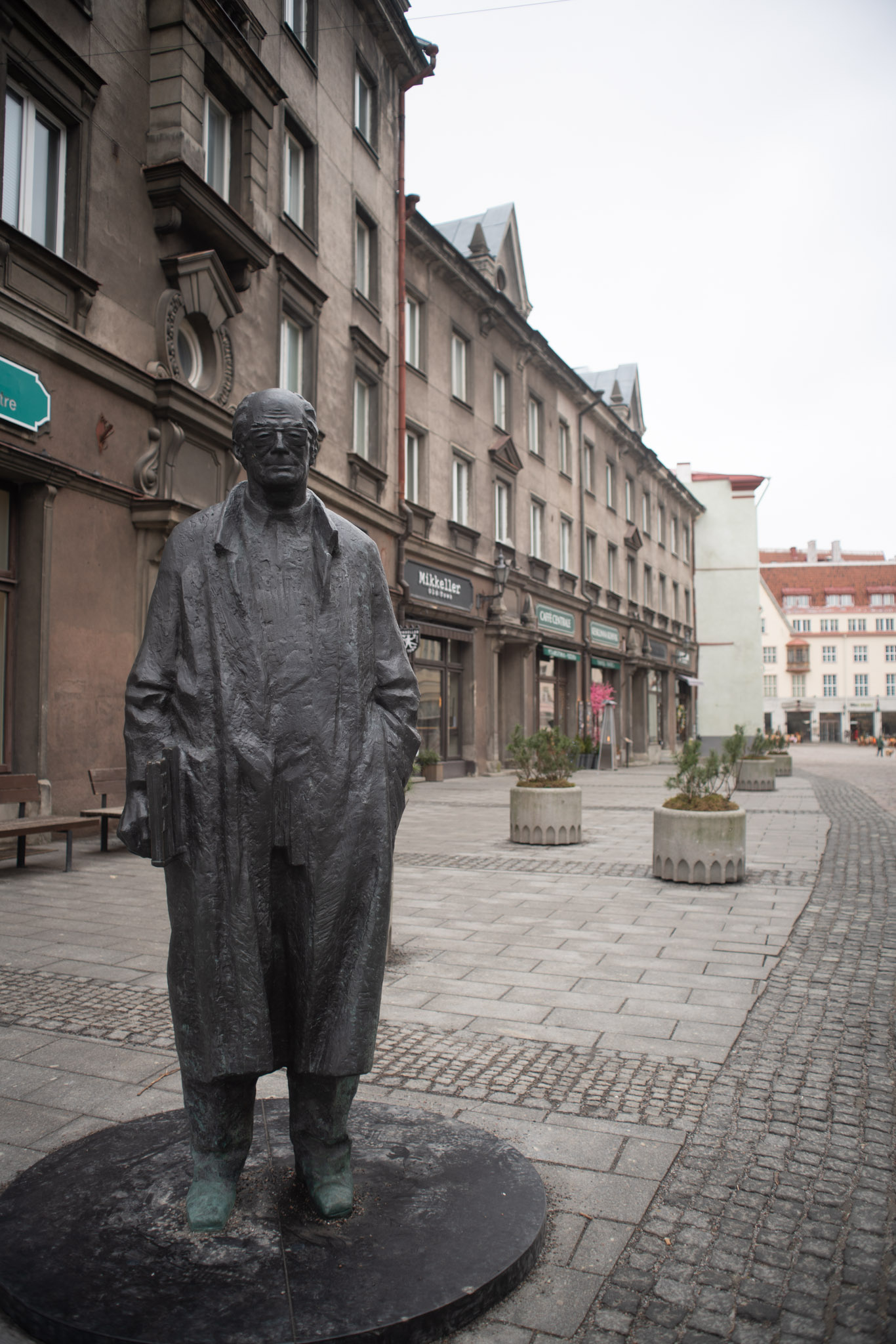
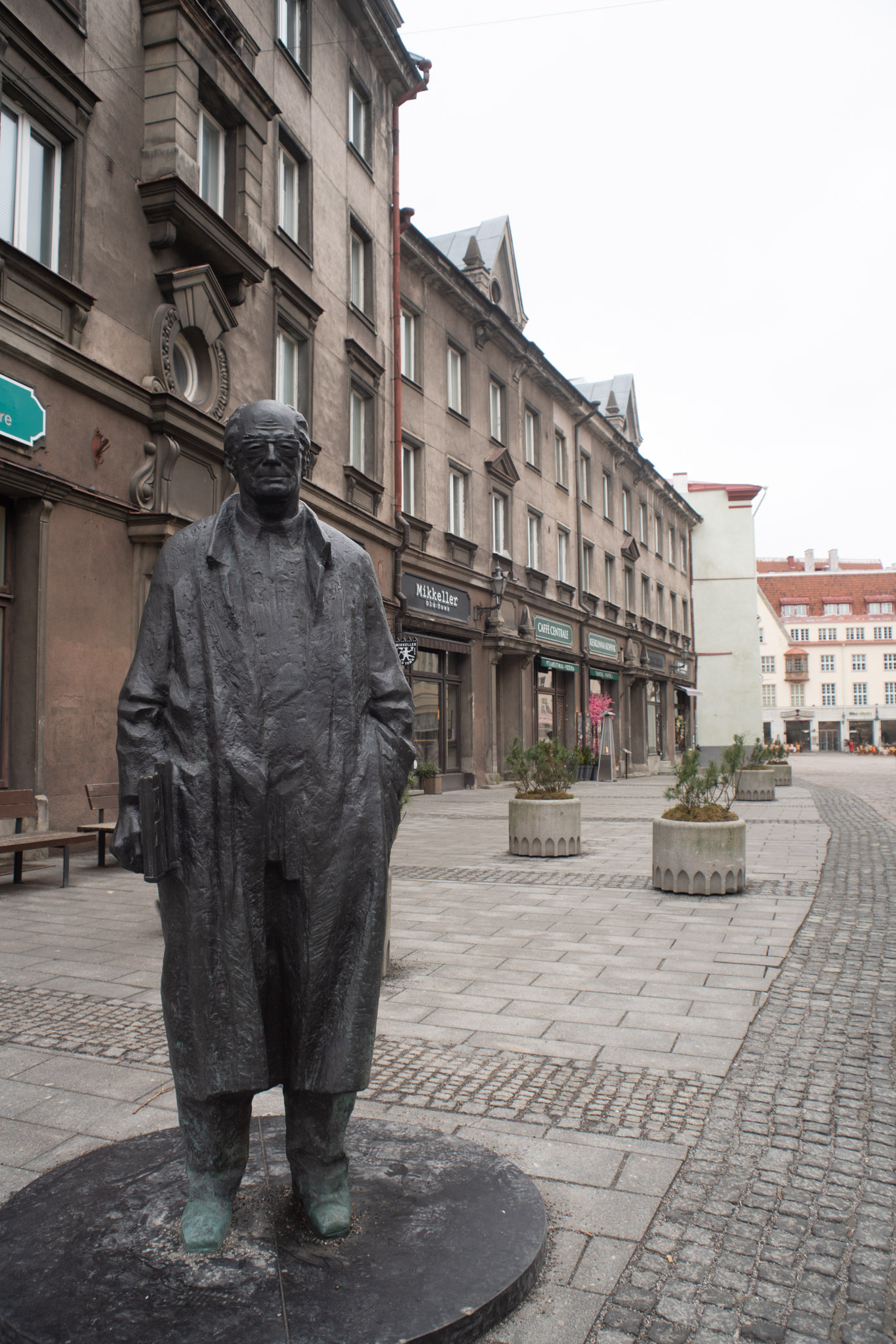
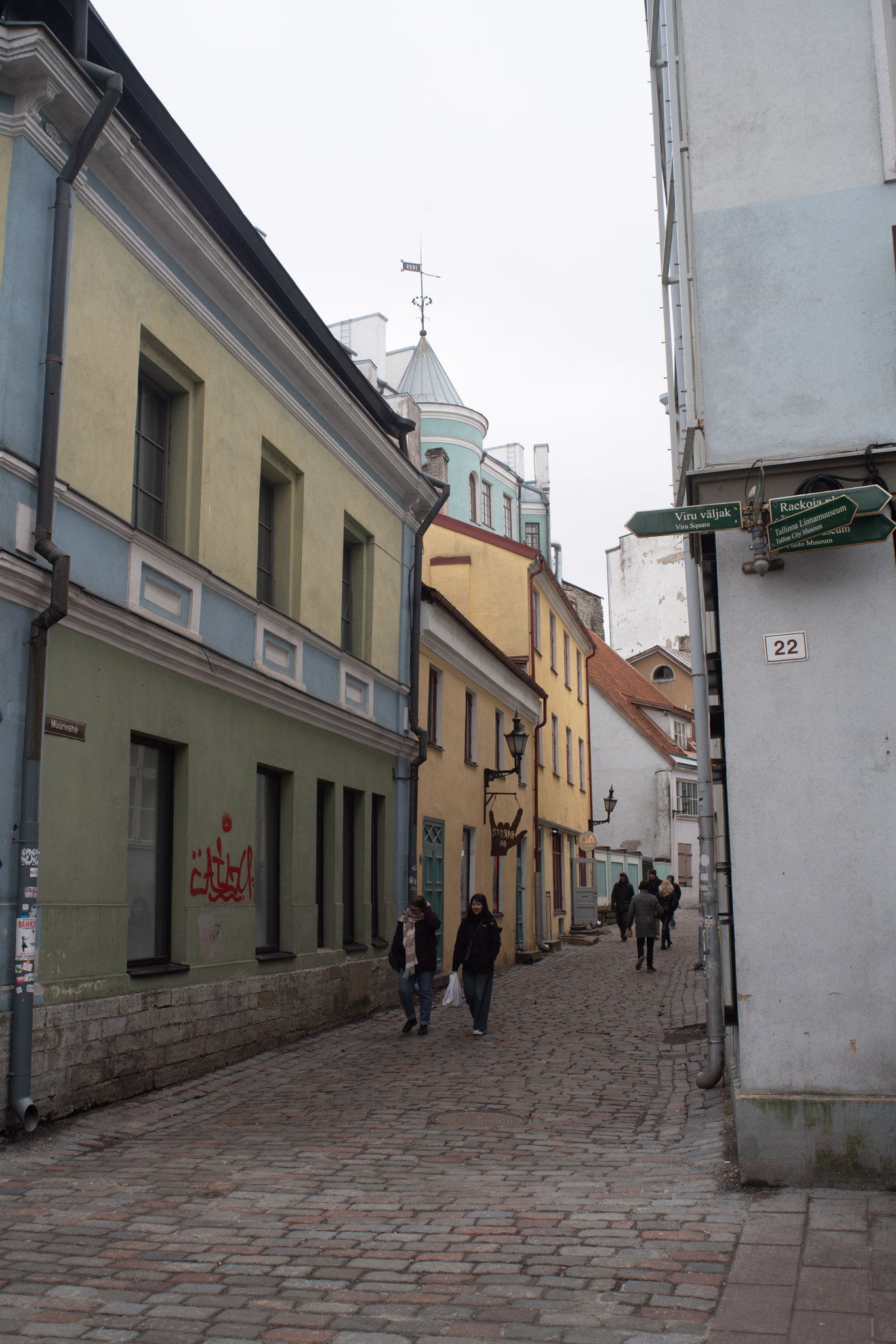
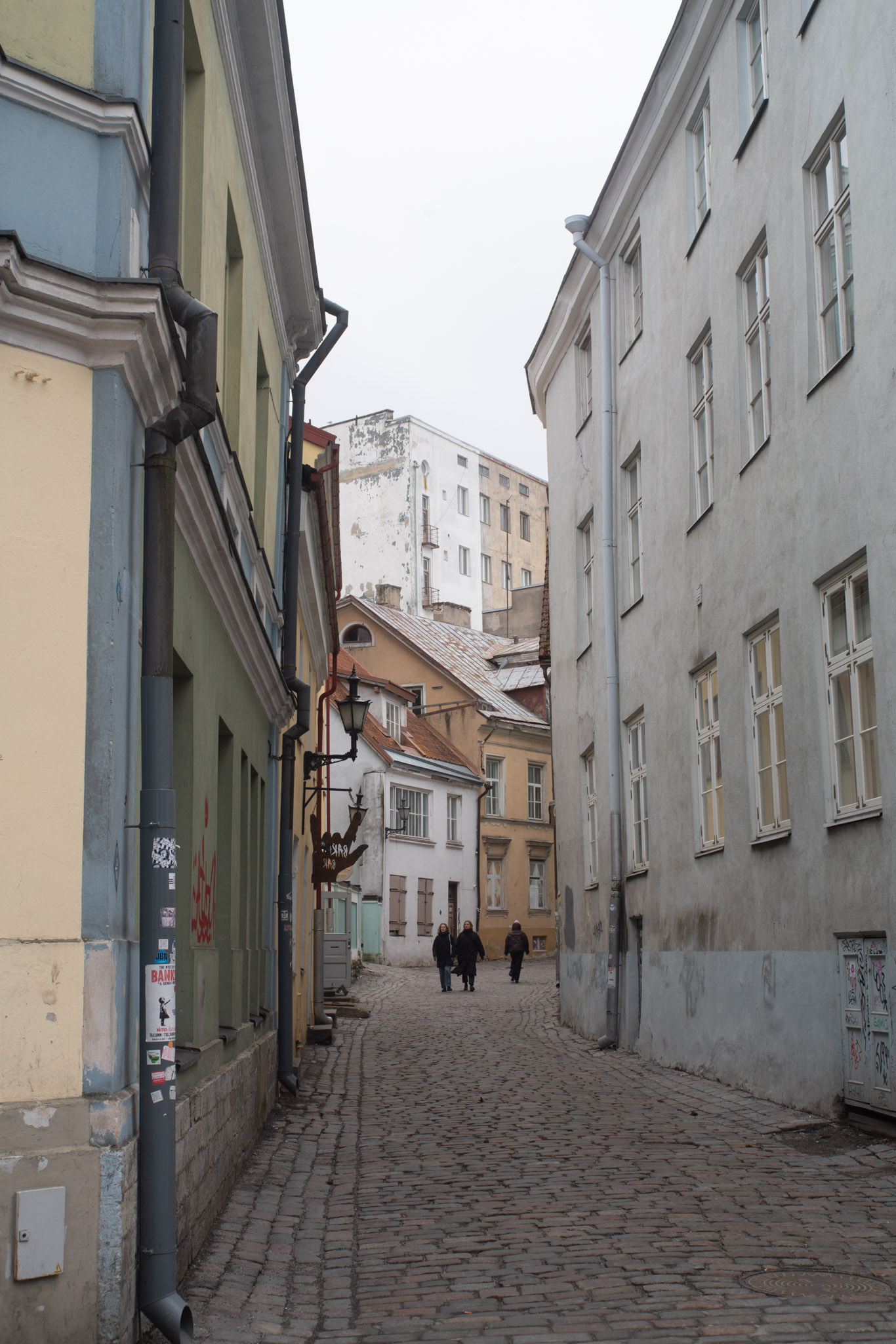
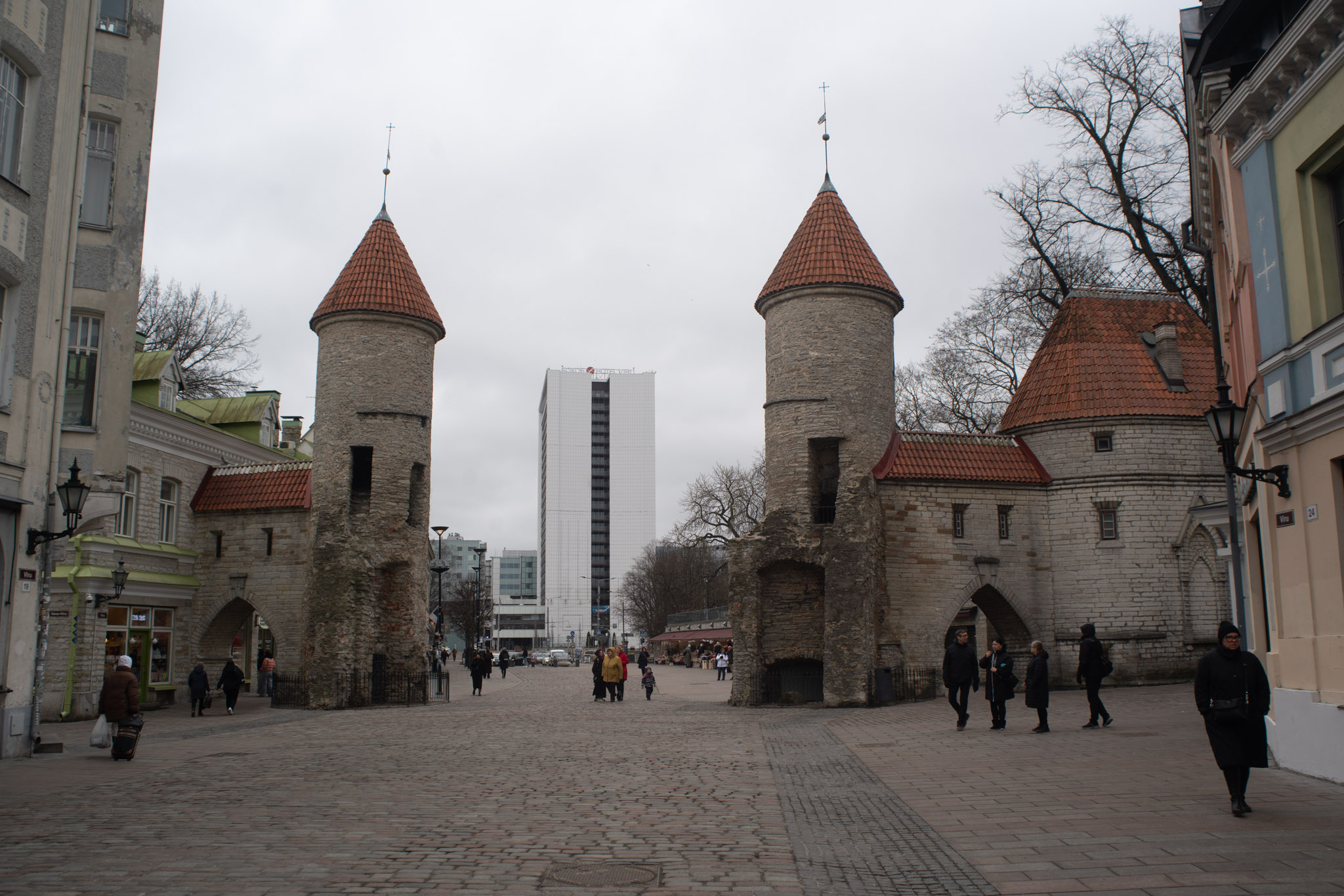
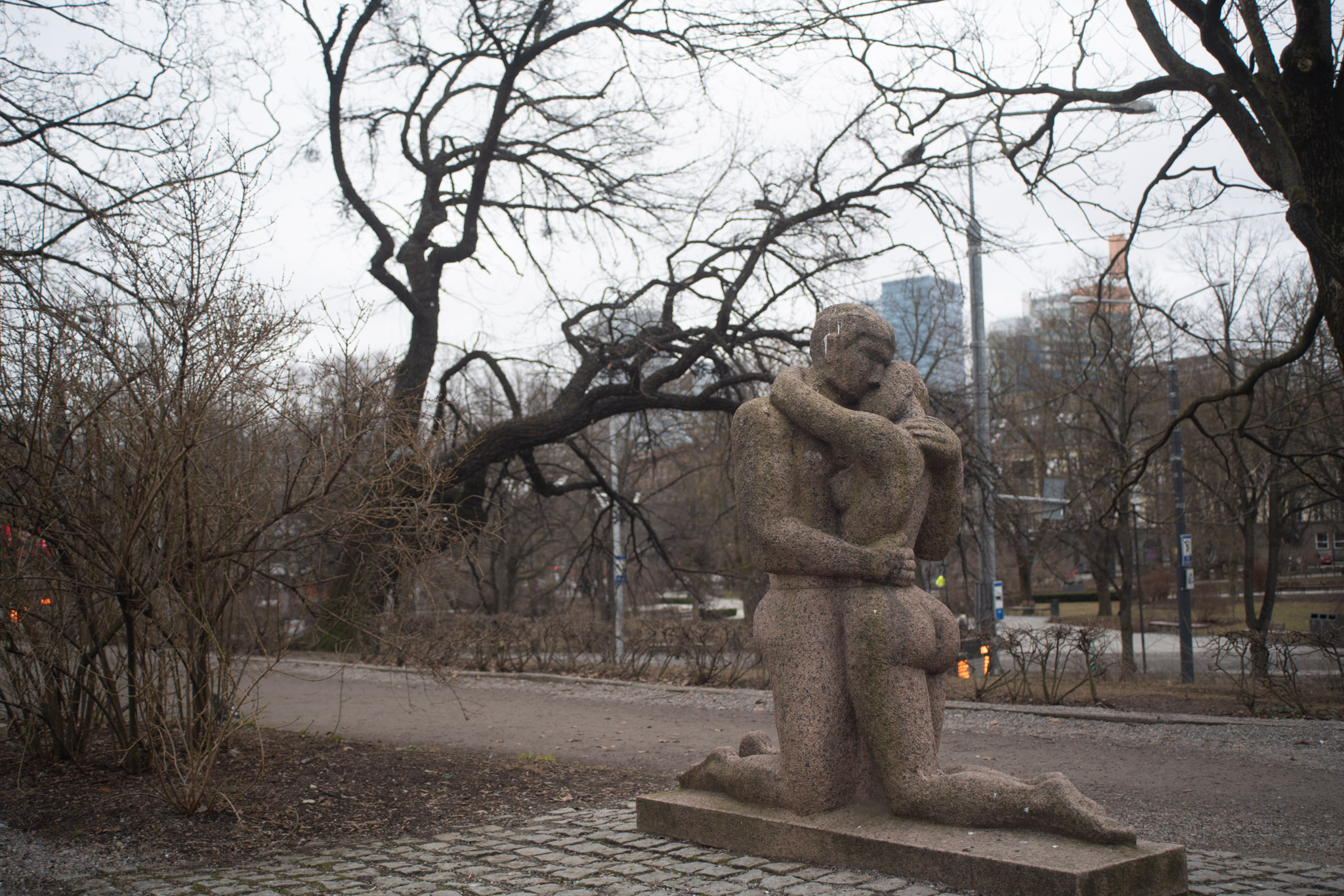
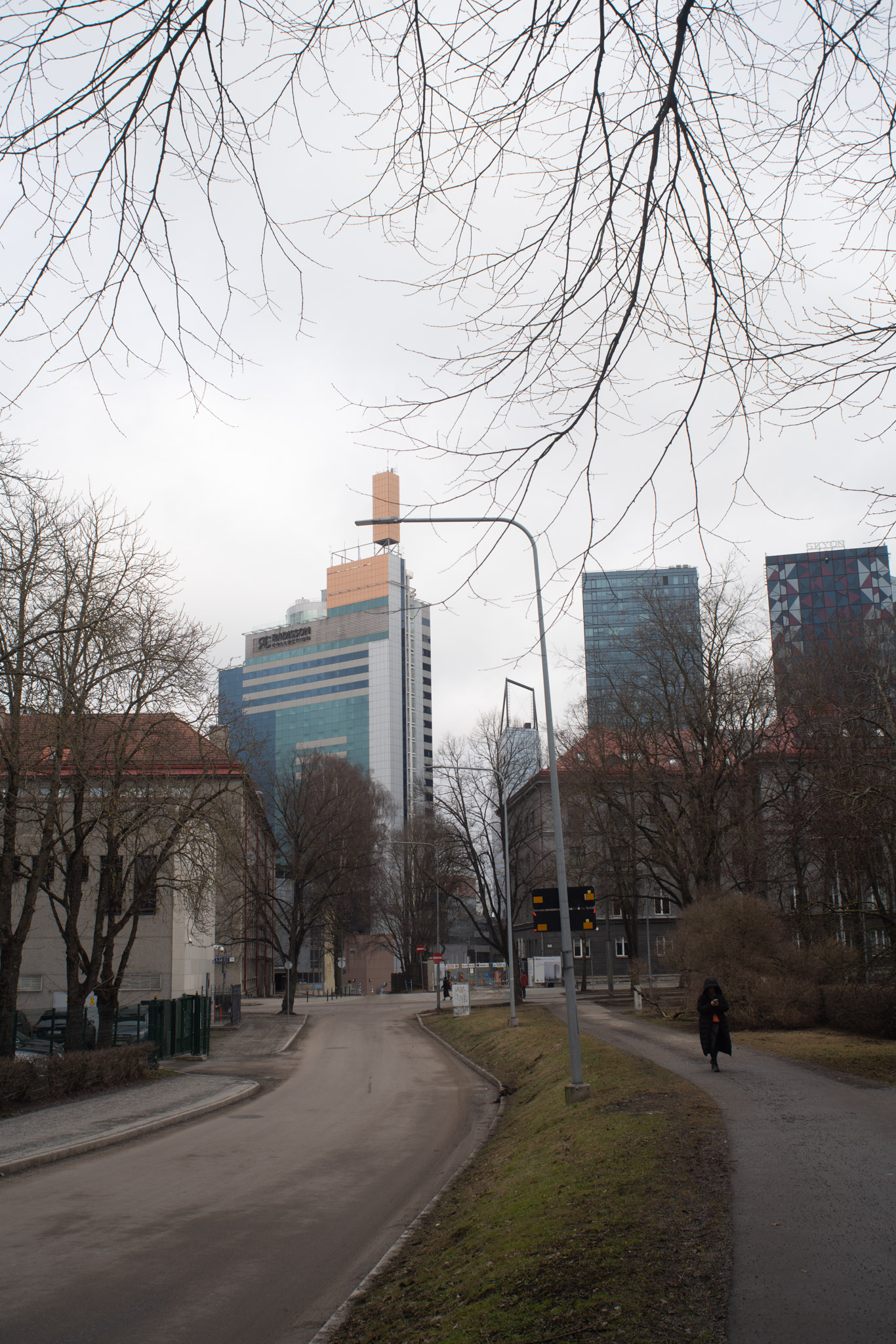
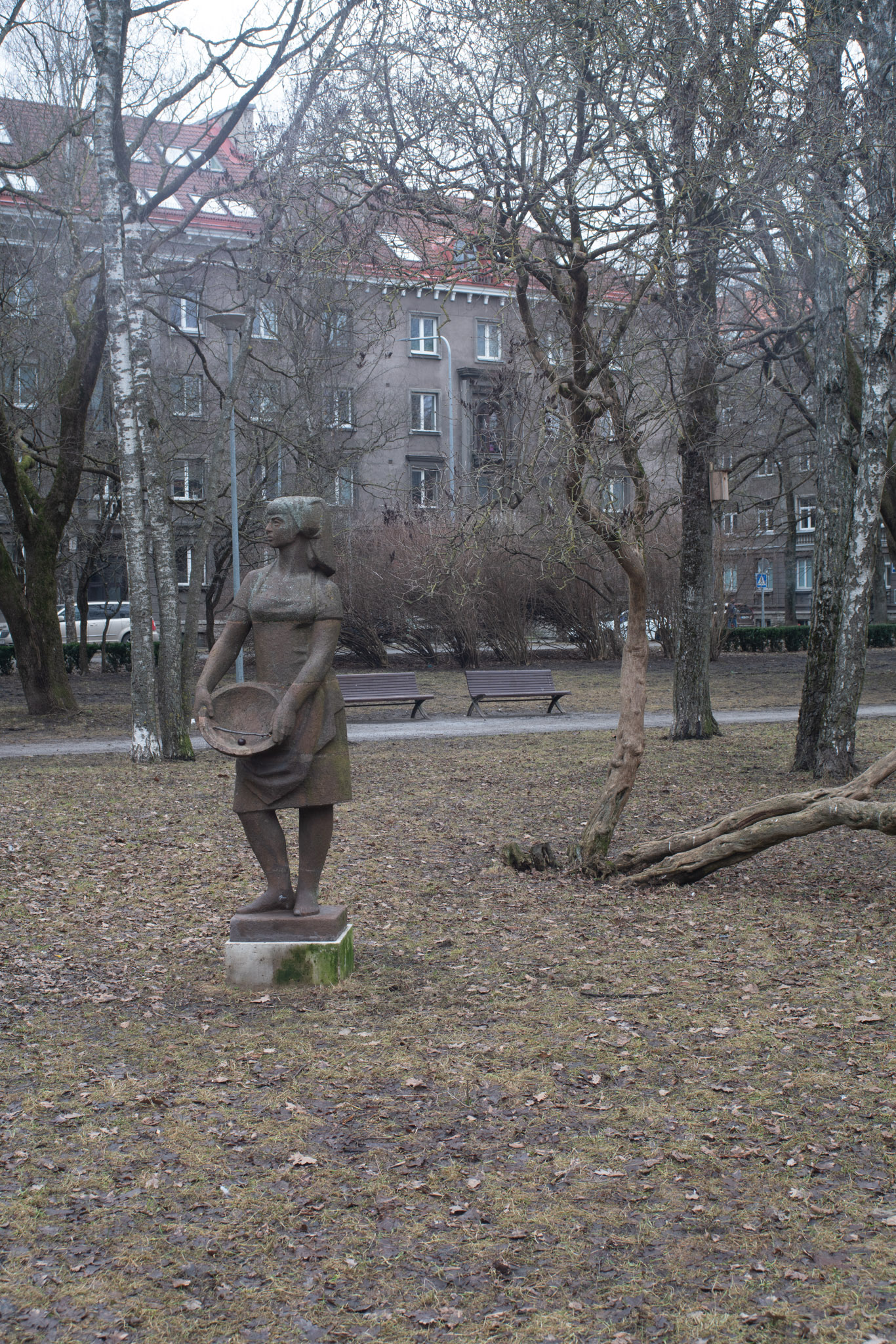
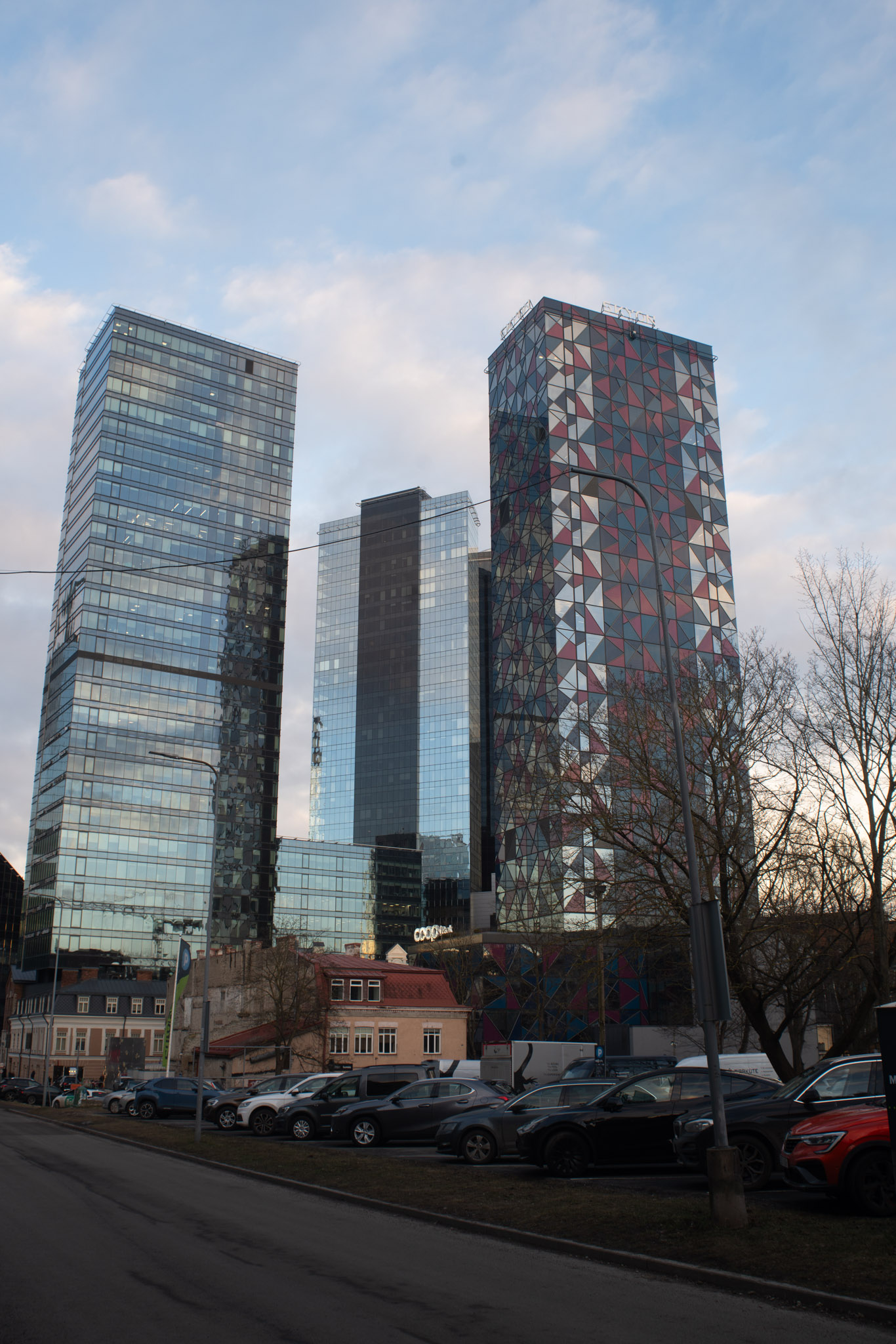
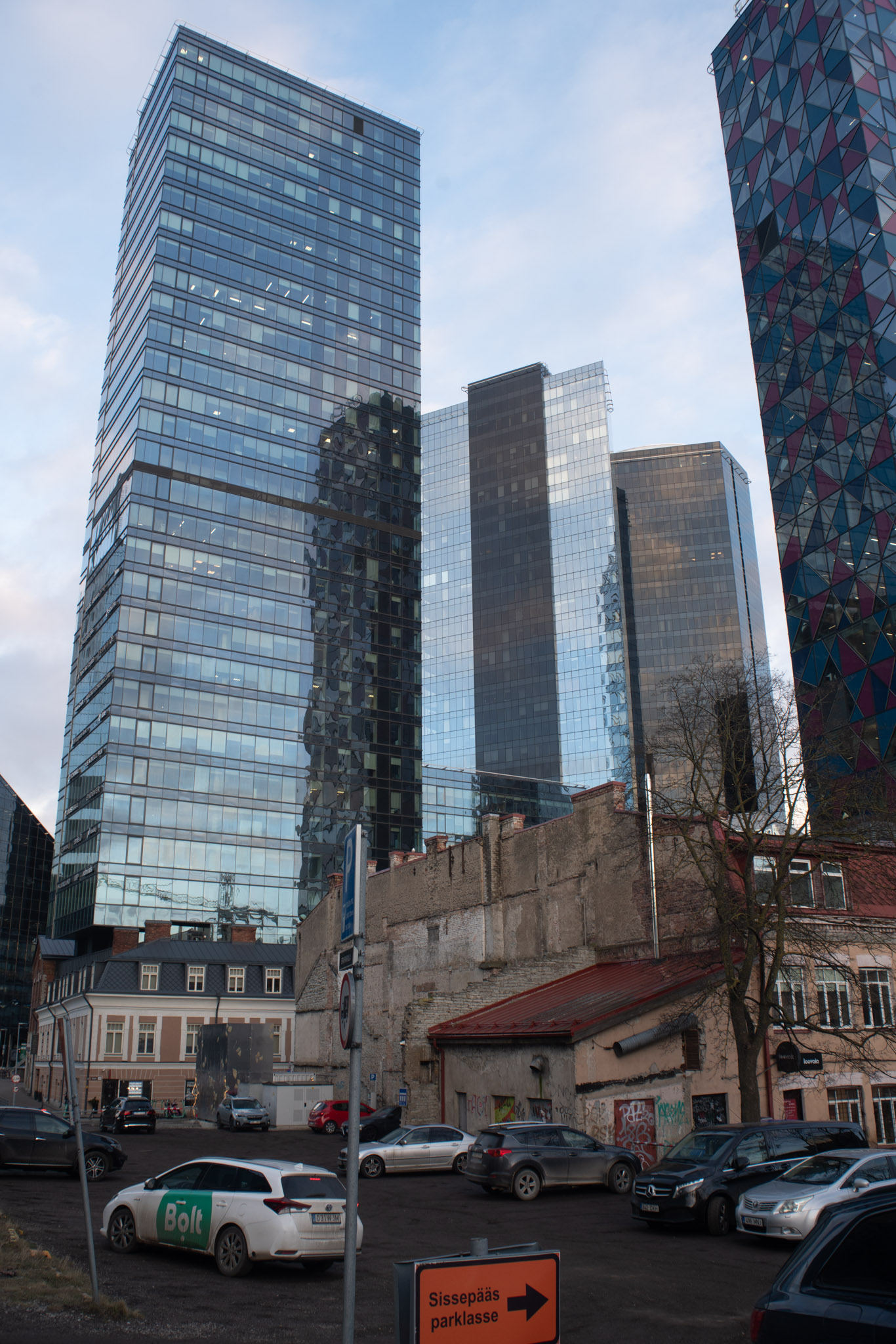
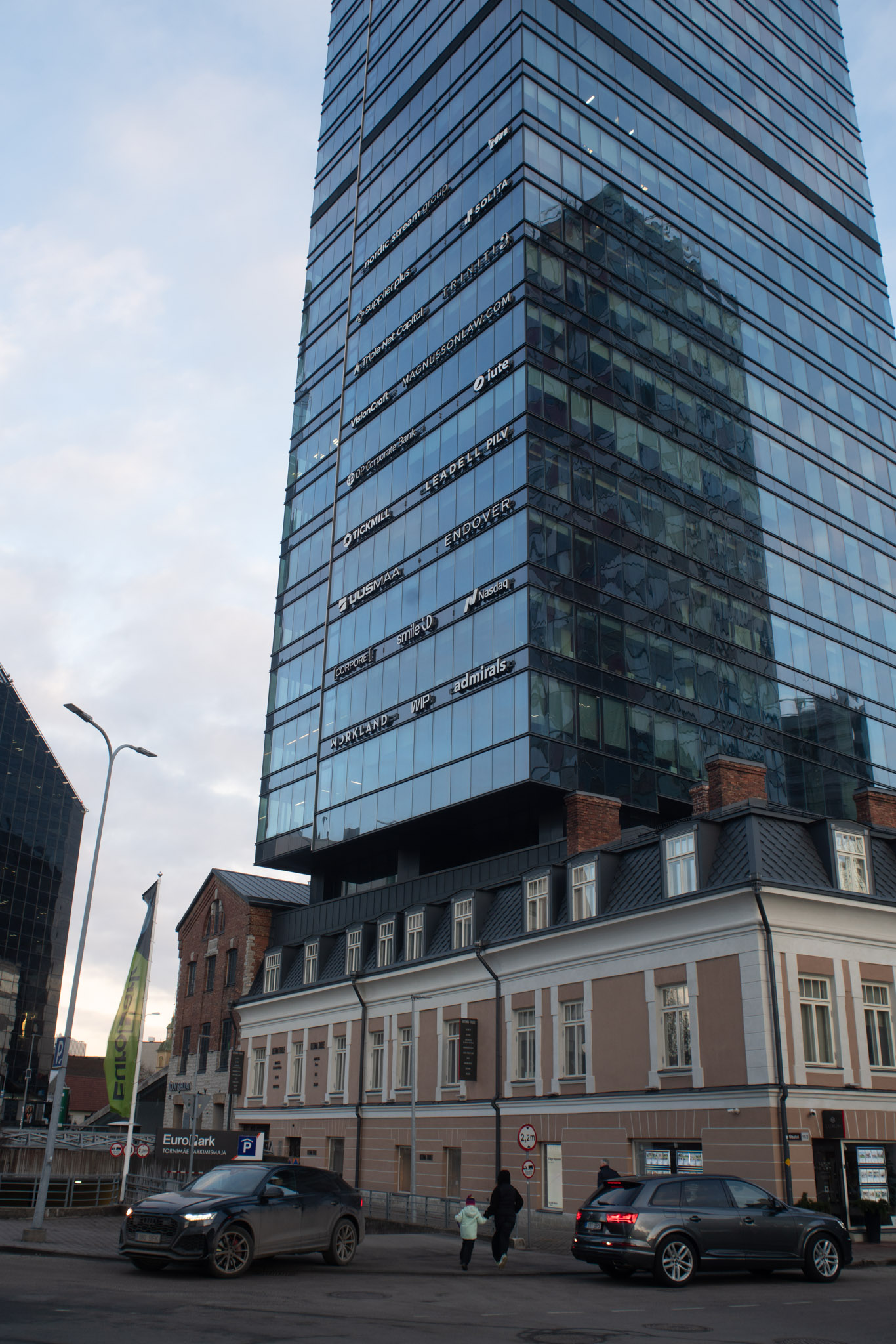
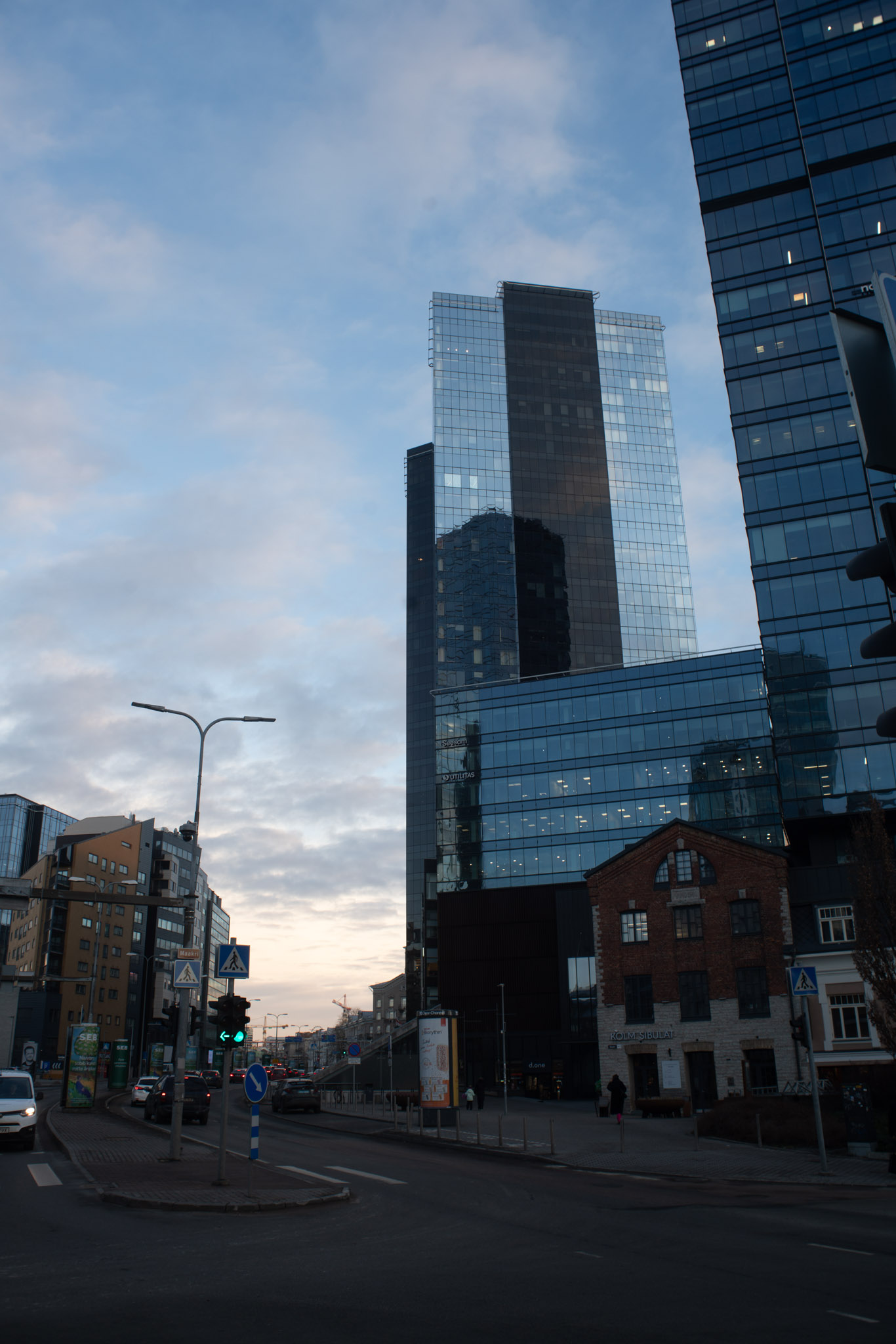
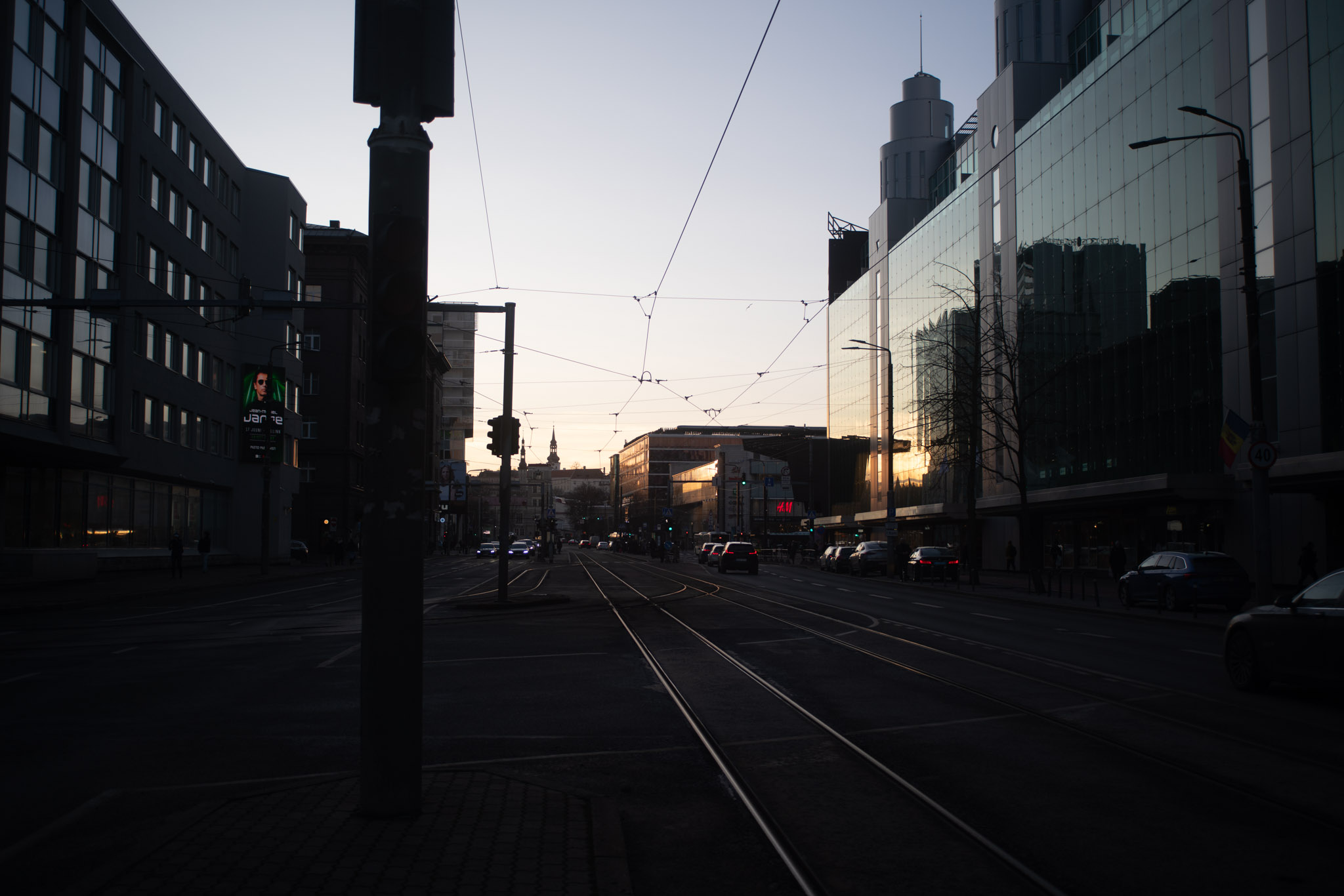
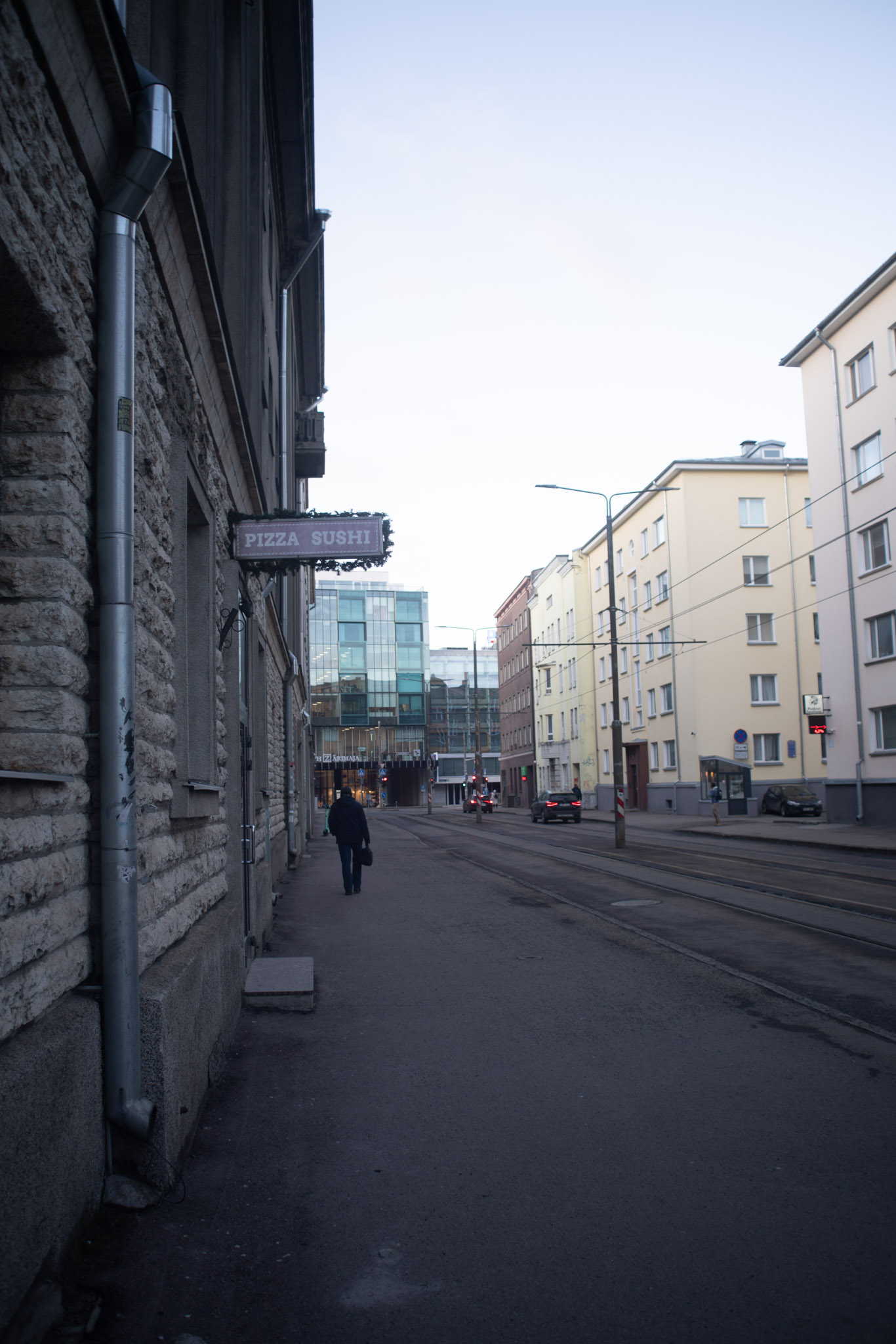
Footnotes
- Furthermore some other brands offered 24-50 (Minolta) or 28-48 (Olympus) designs that must be seen as occupying the same niche. ↩︎
- I have previously used the Nikkor Ai 25-50mm f/4 [data sheet] for precisely these kinds of purposes, and have always loved the pictures it gives. That Nikkor lens is however is a late 1970s pro lens and neither cheap nor light, so I wanted to see whether this little lens could produce similar level results. ↩︎
- As it happened I also had a minor speck of dust smack bang in the middle of the sensor, and as those dust specks are always more defined when the aperture is more closed down, I can be reasonably certain in the case of those shots where that speck happened to be on a light background such as the overcast sky). ↩︎

Comments